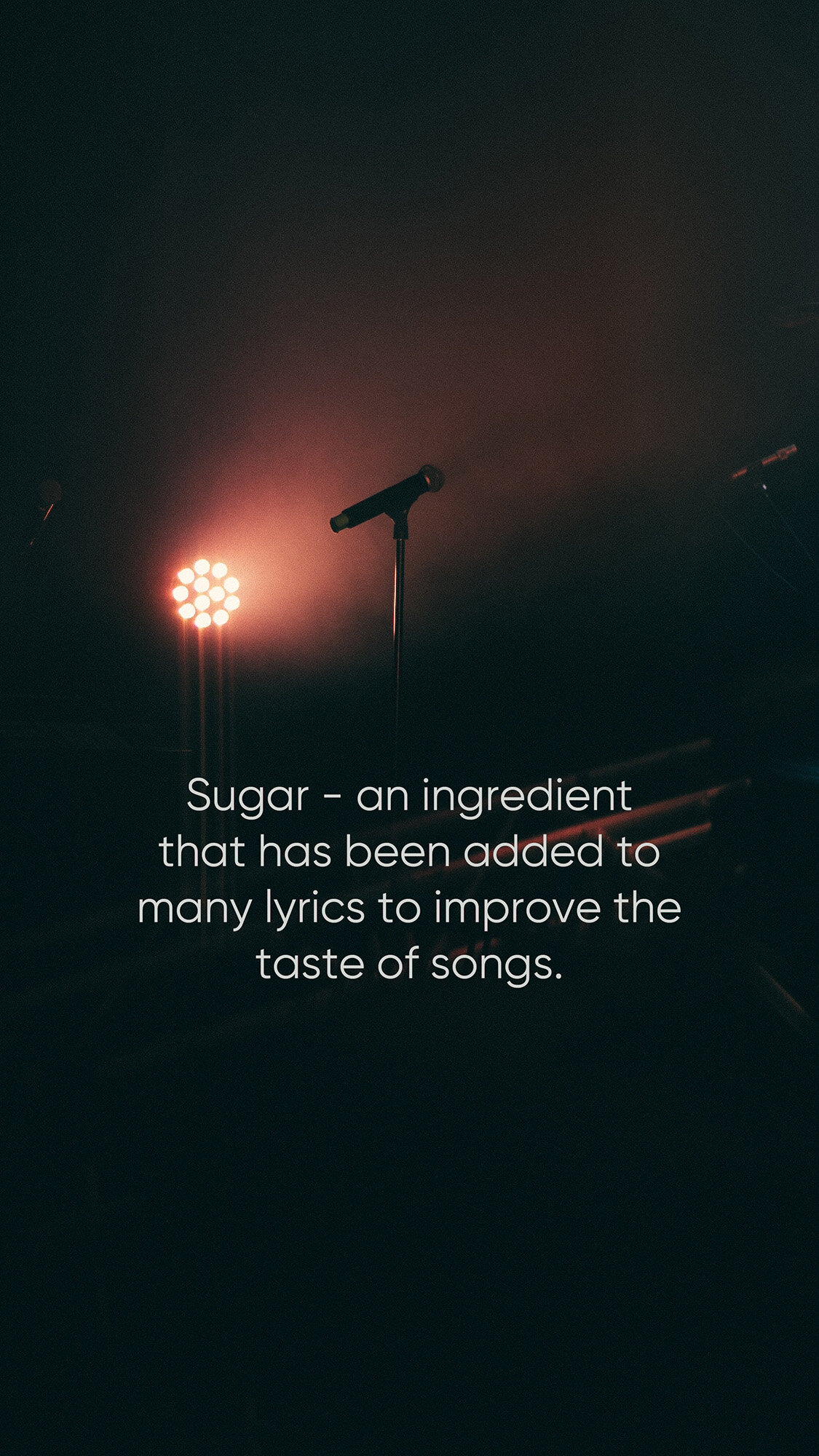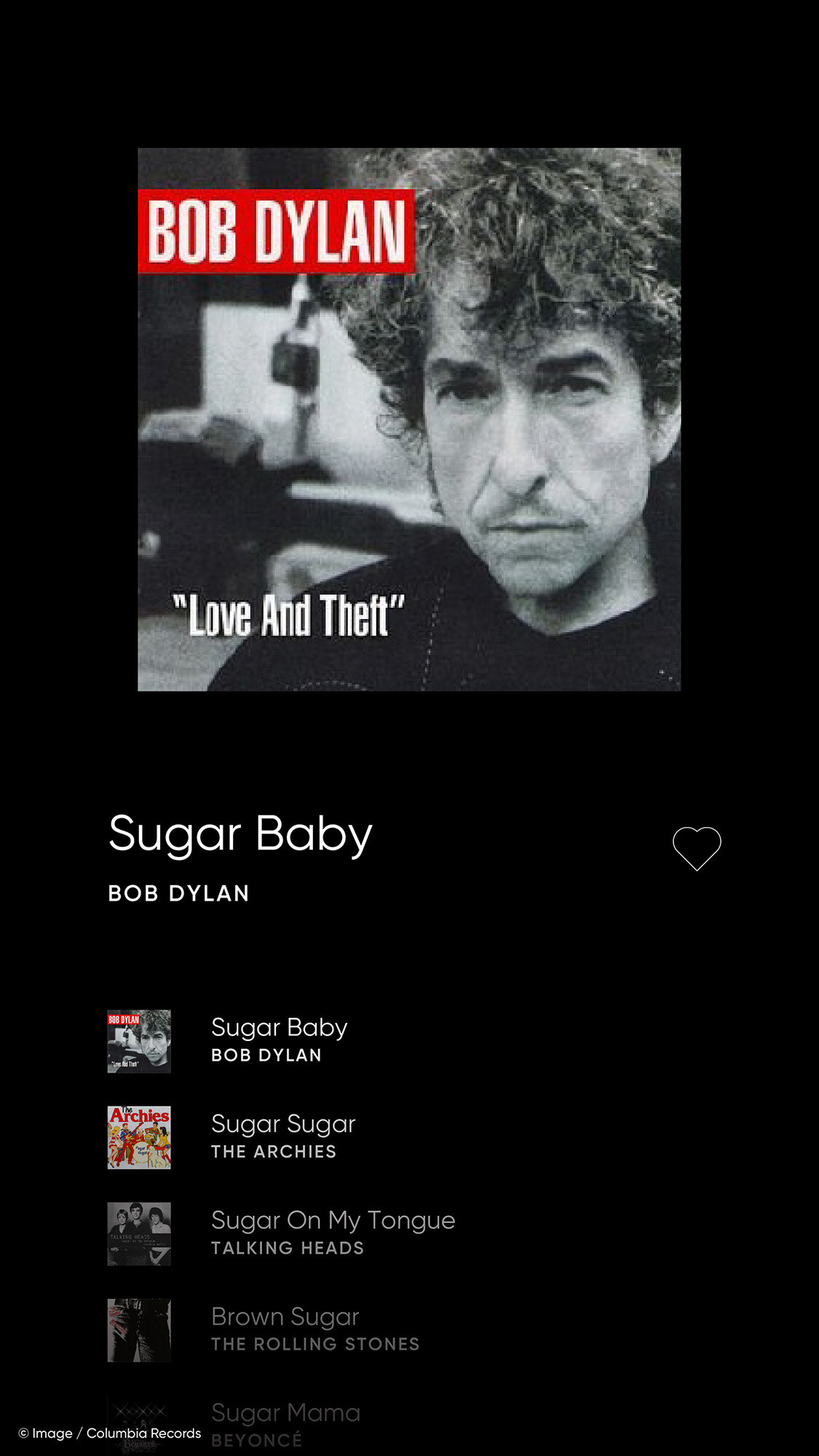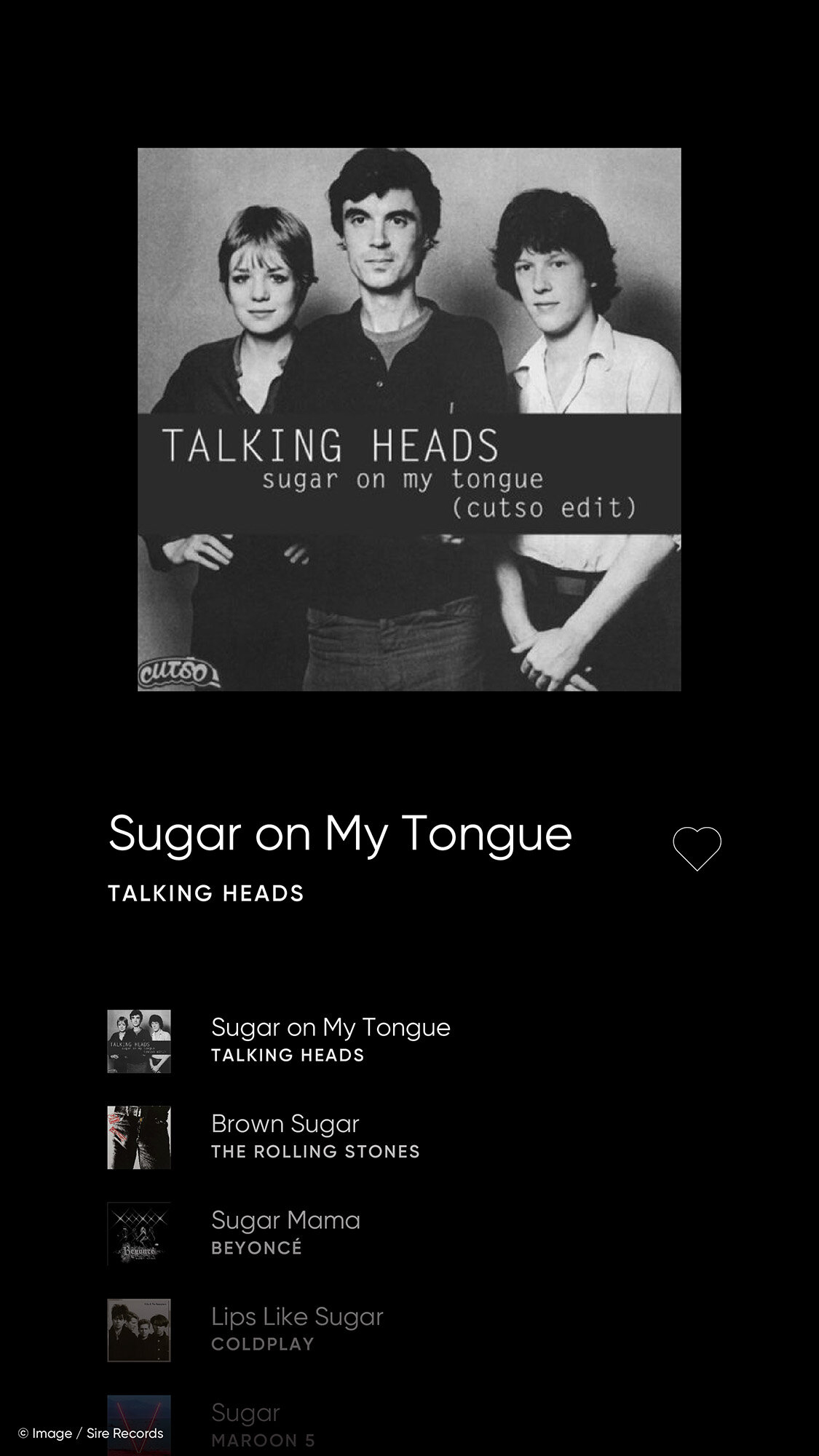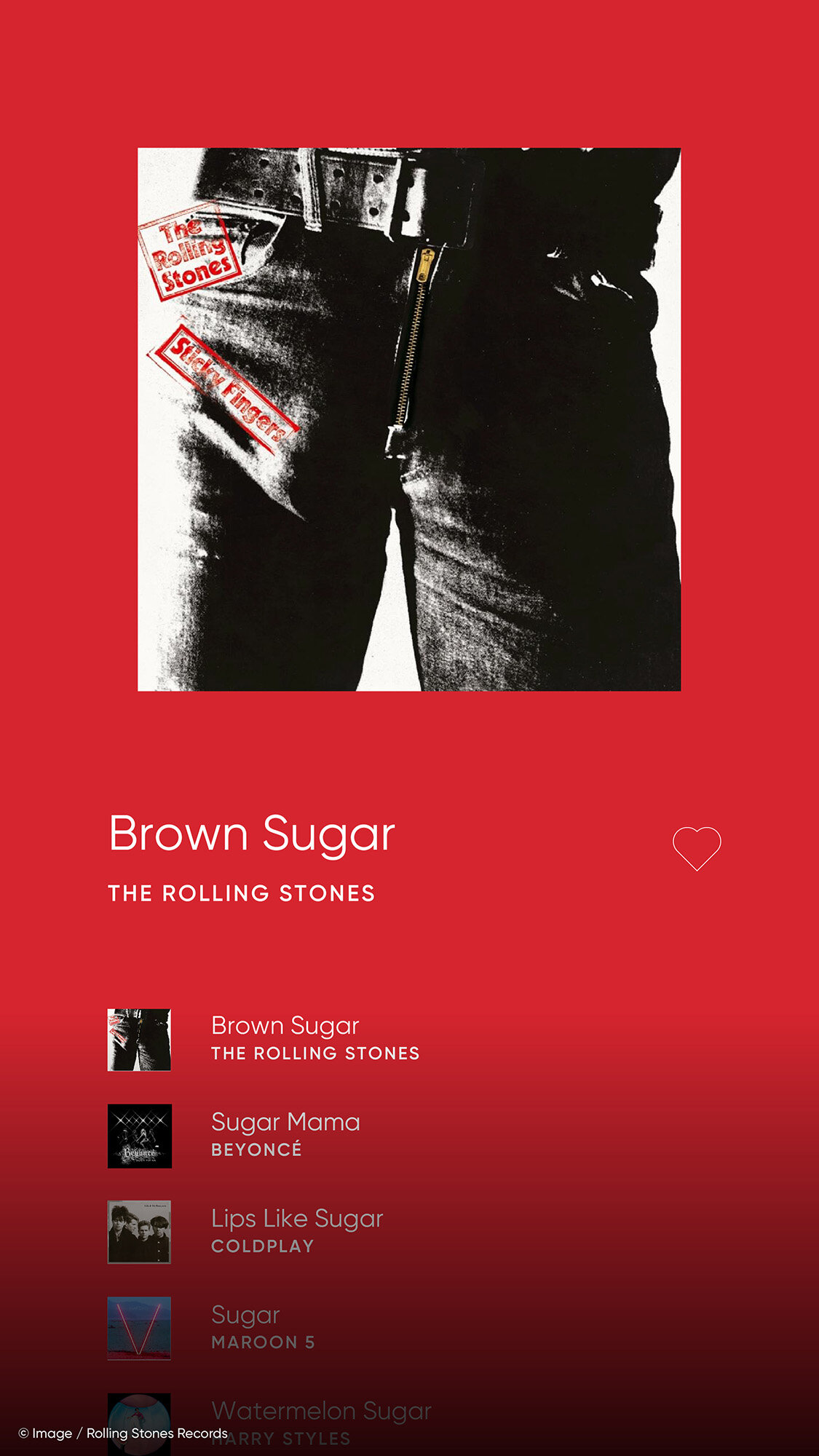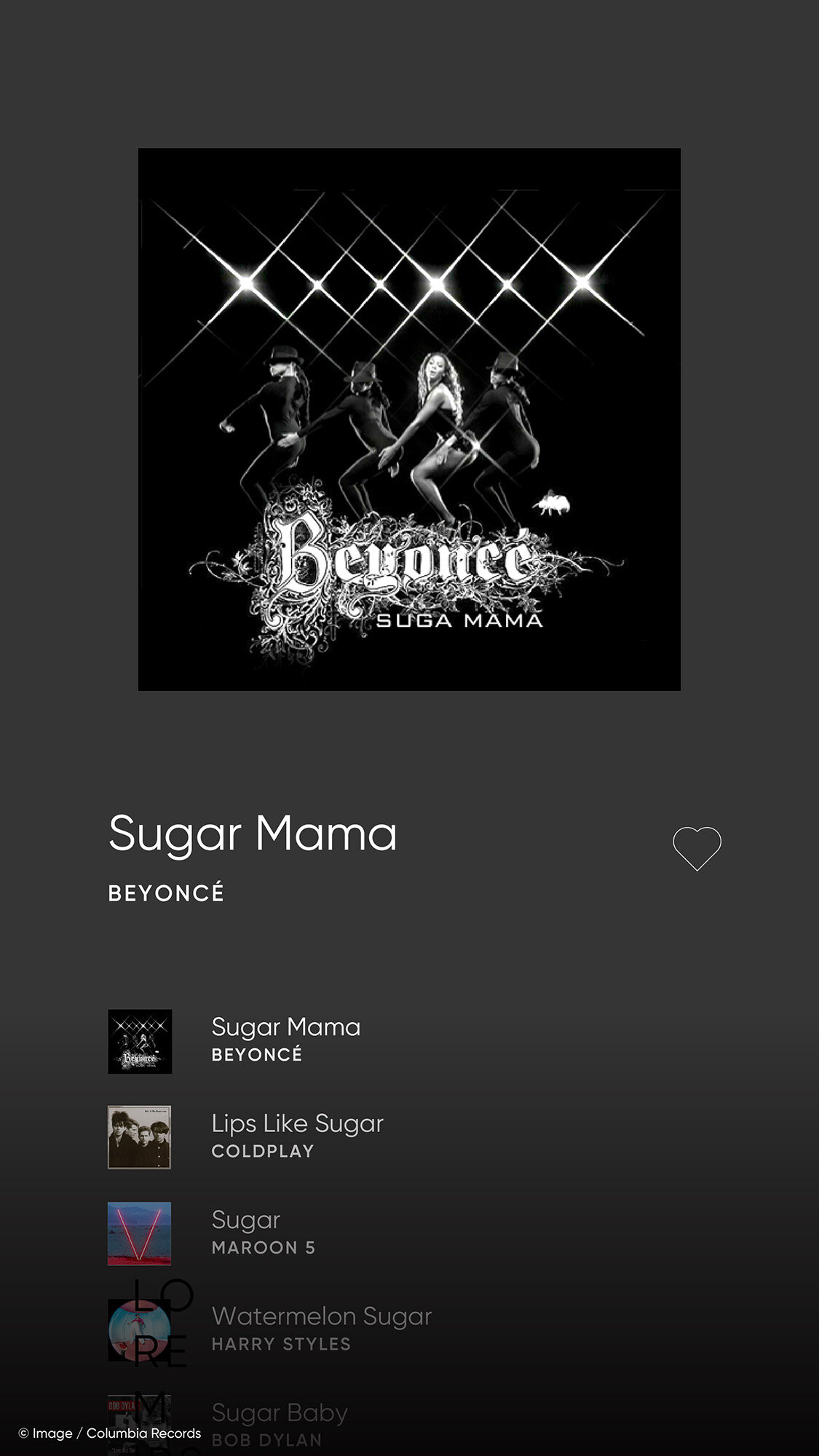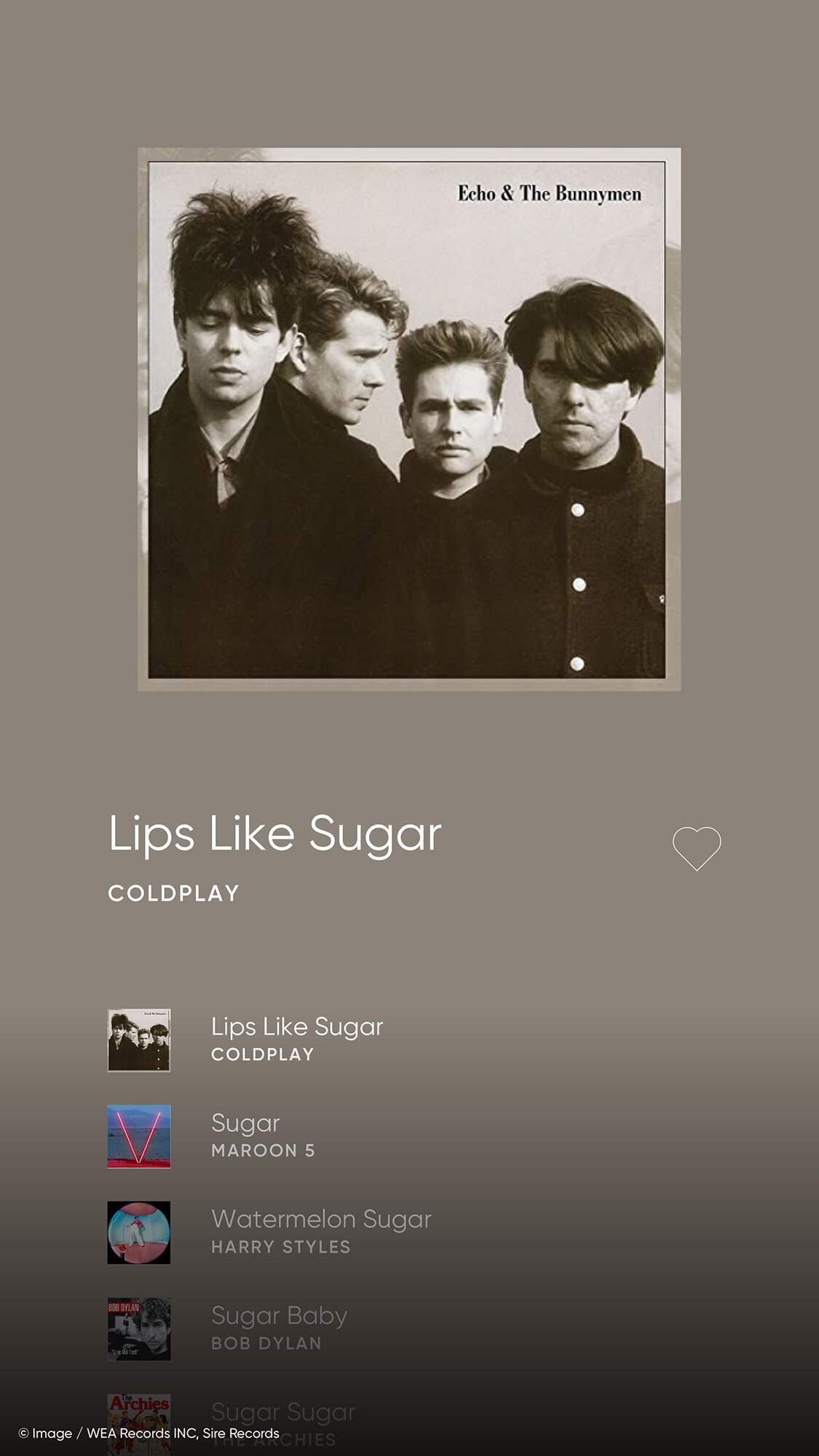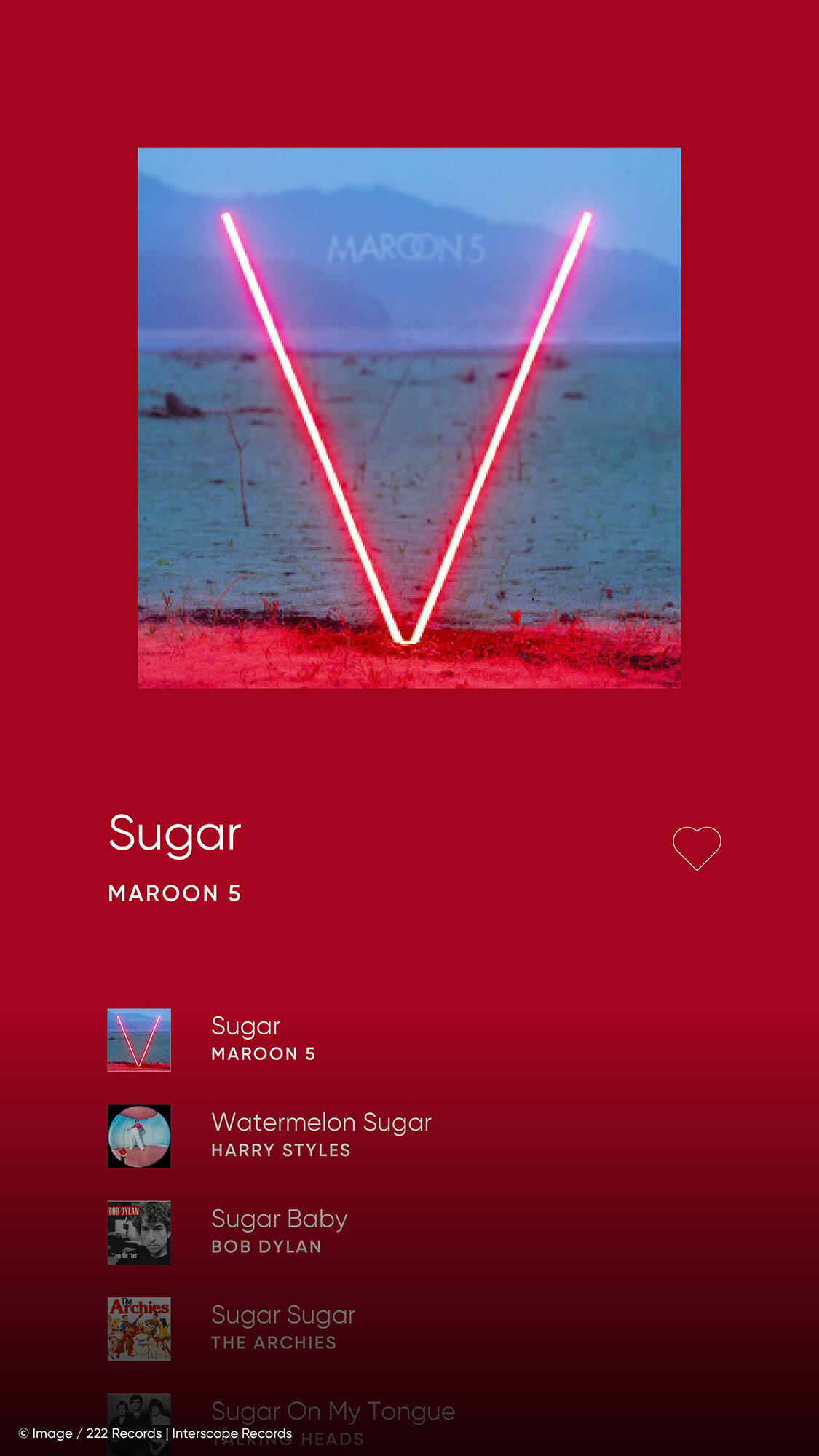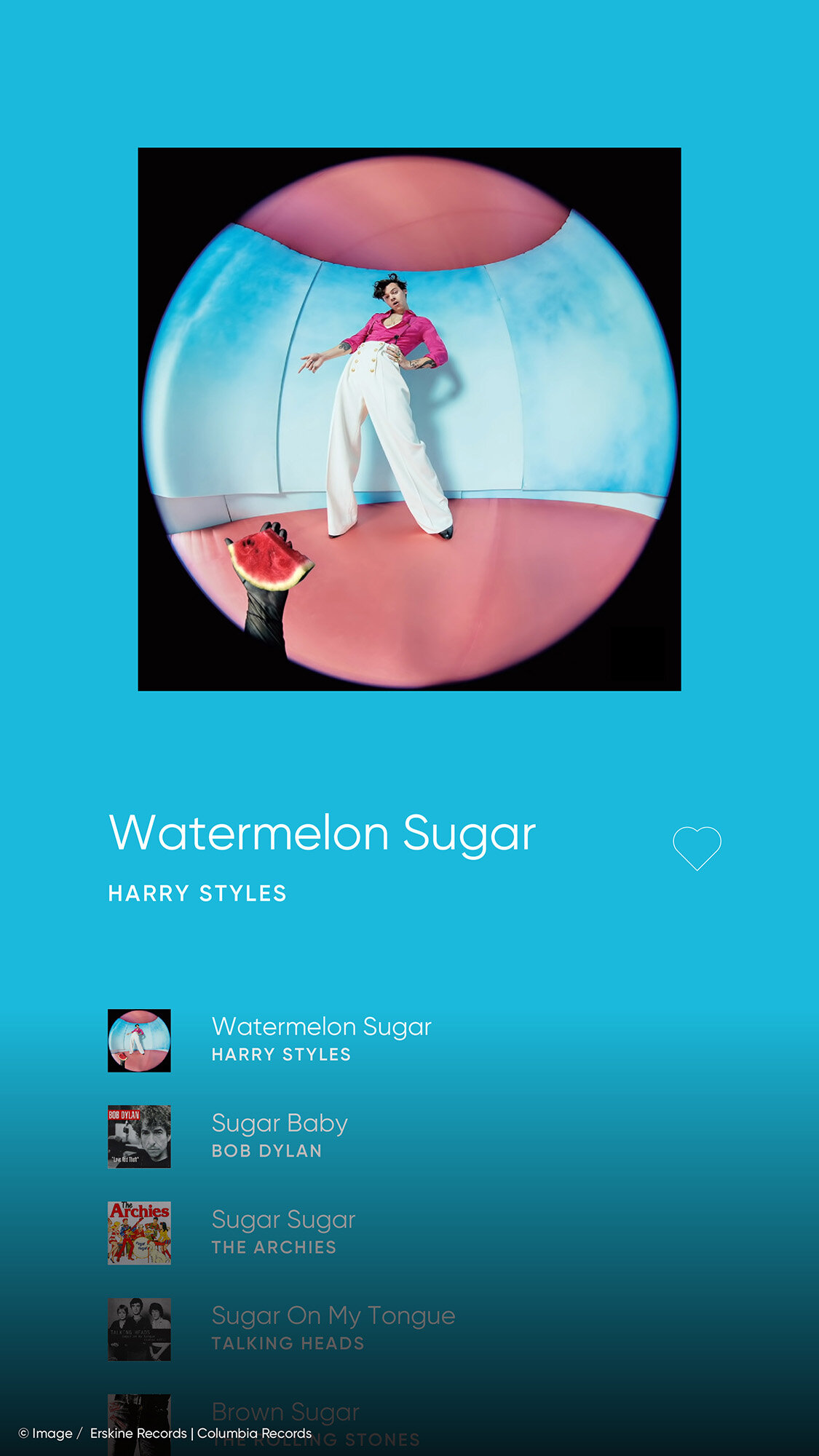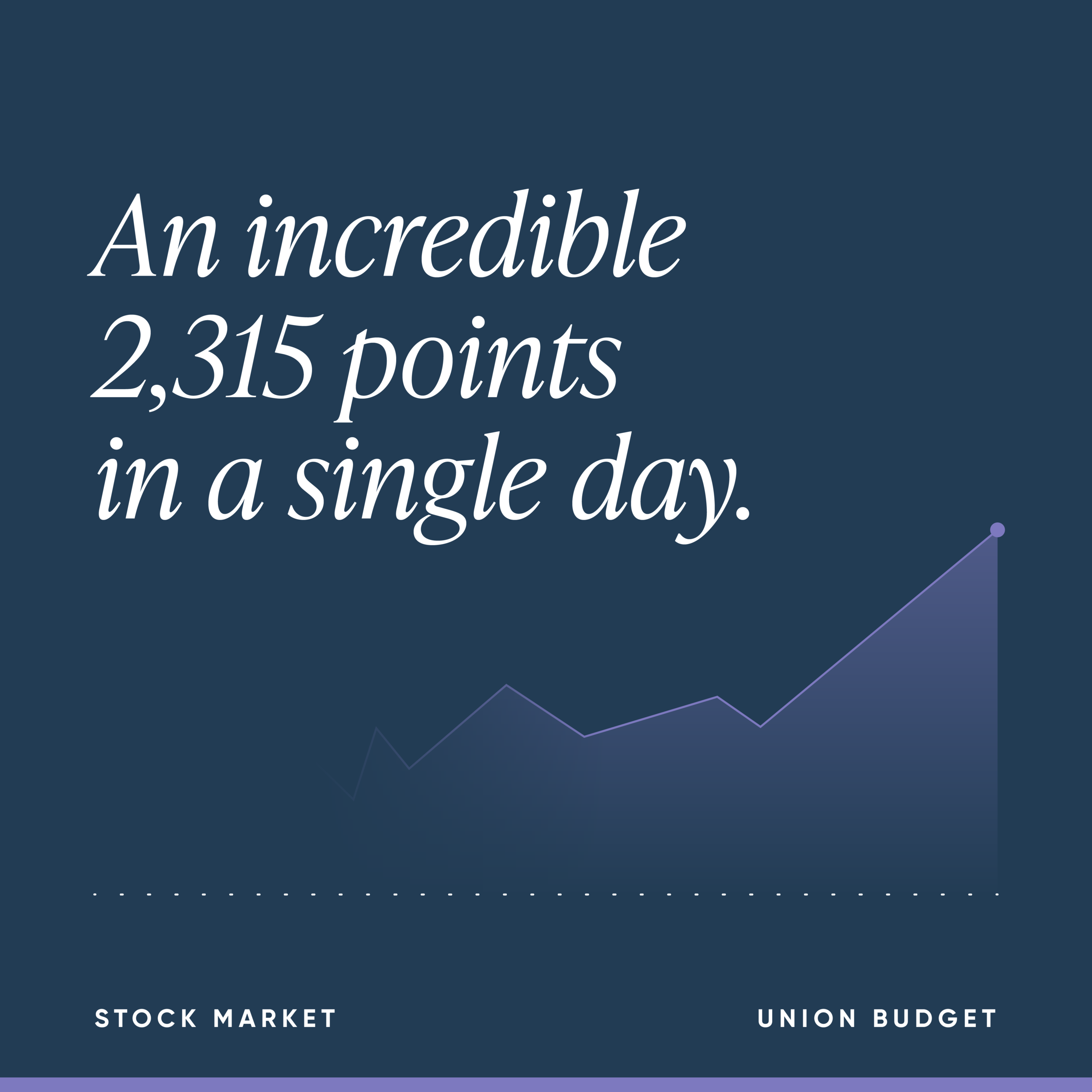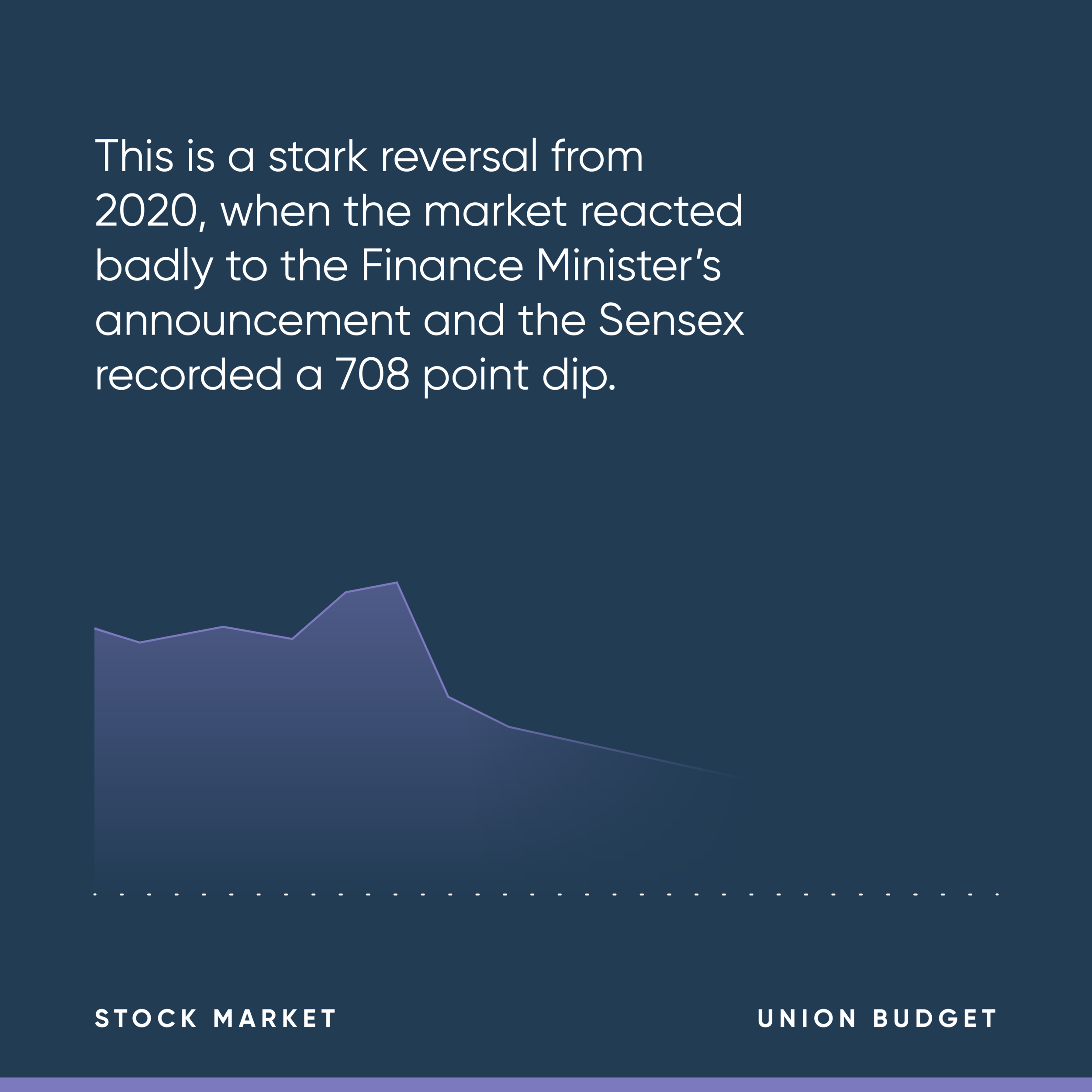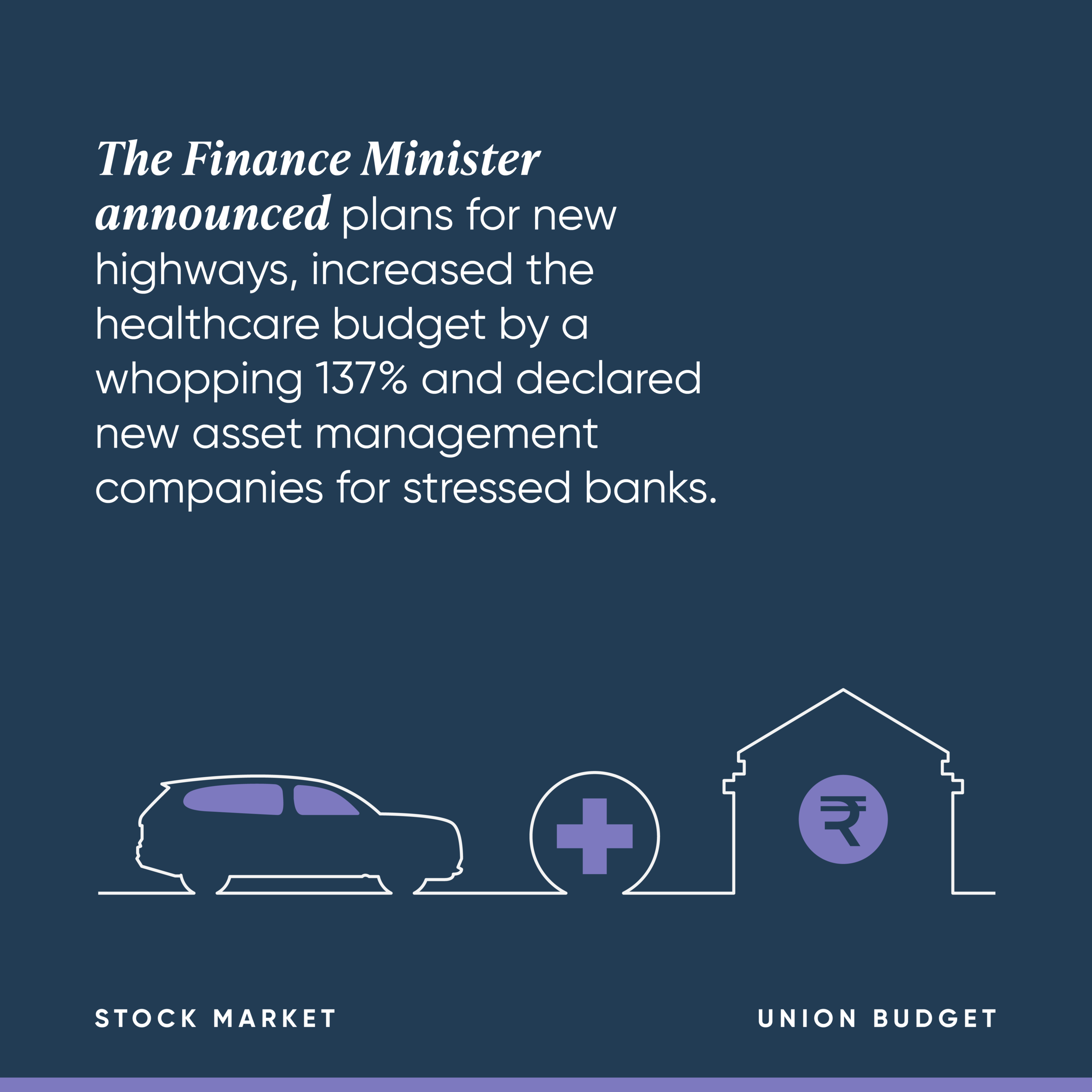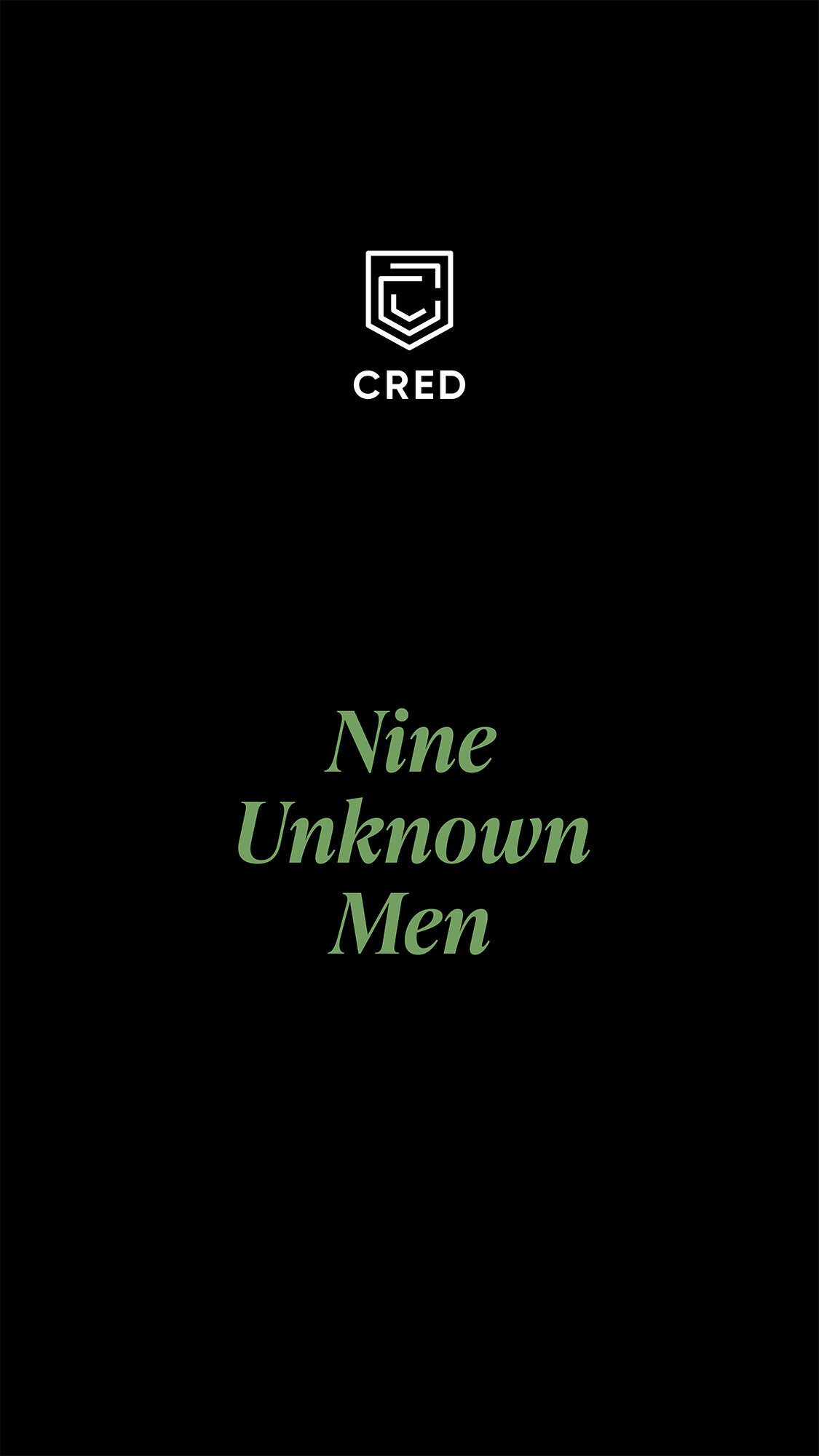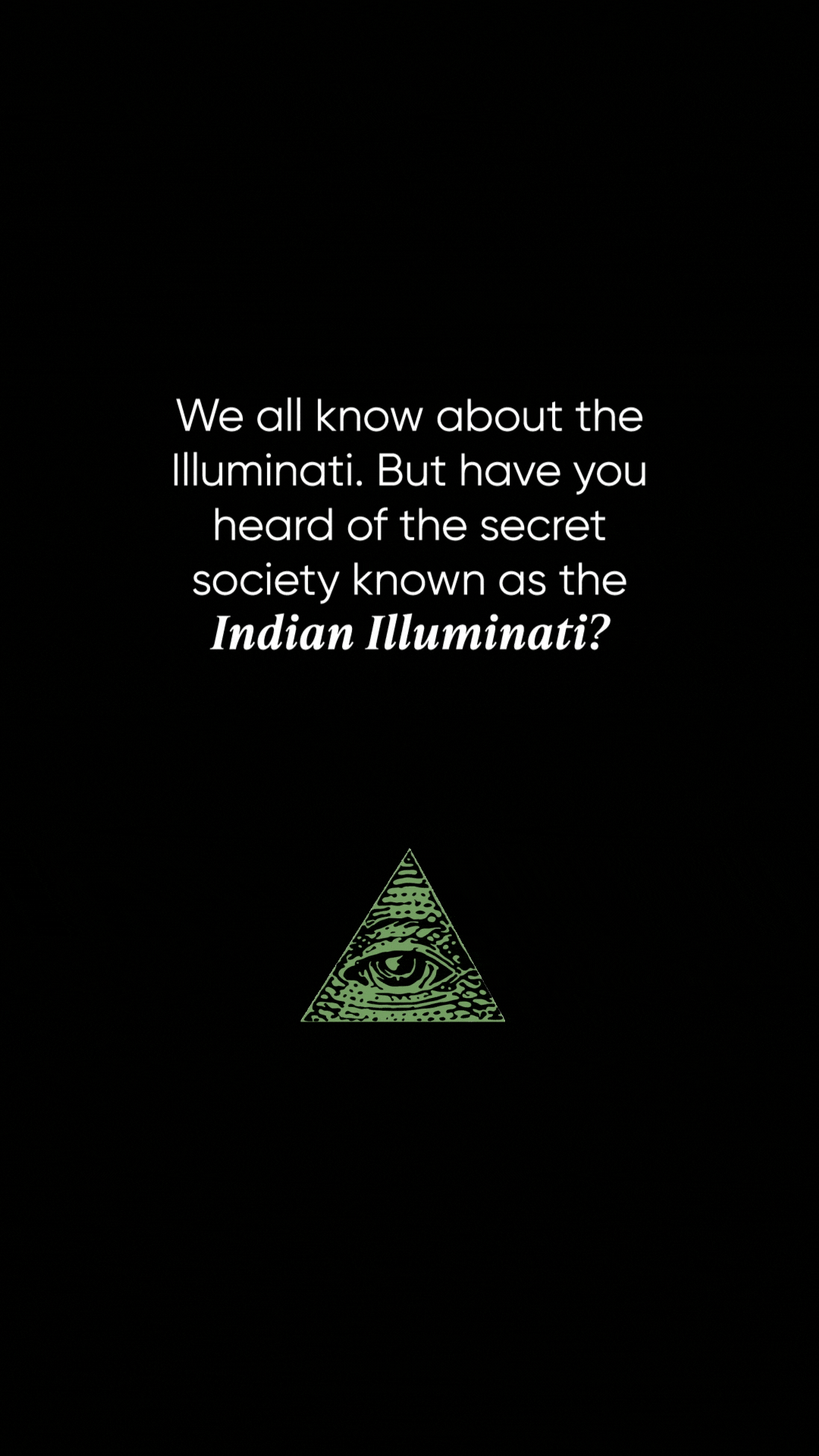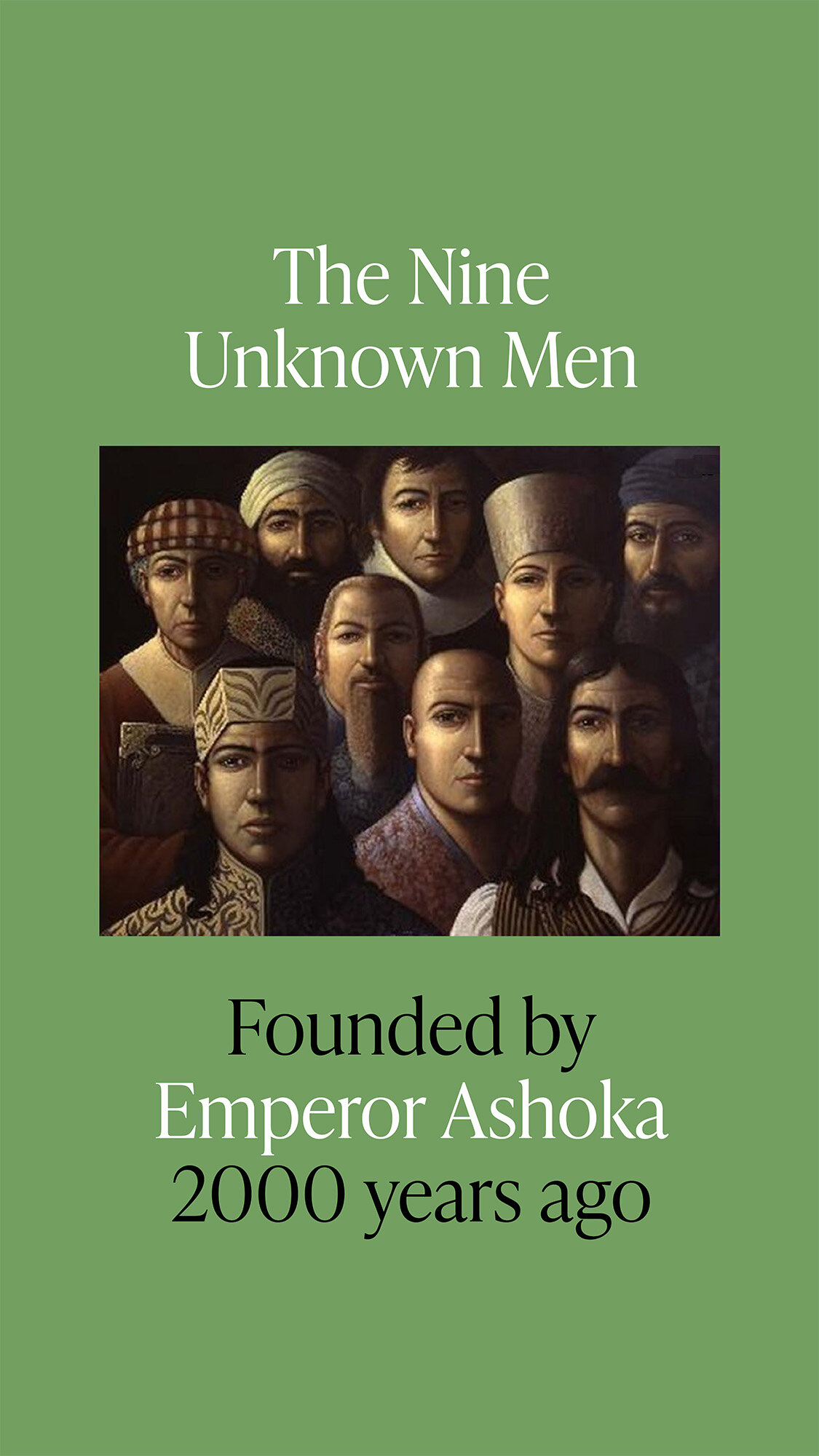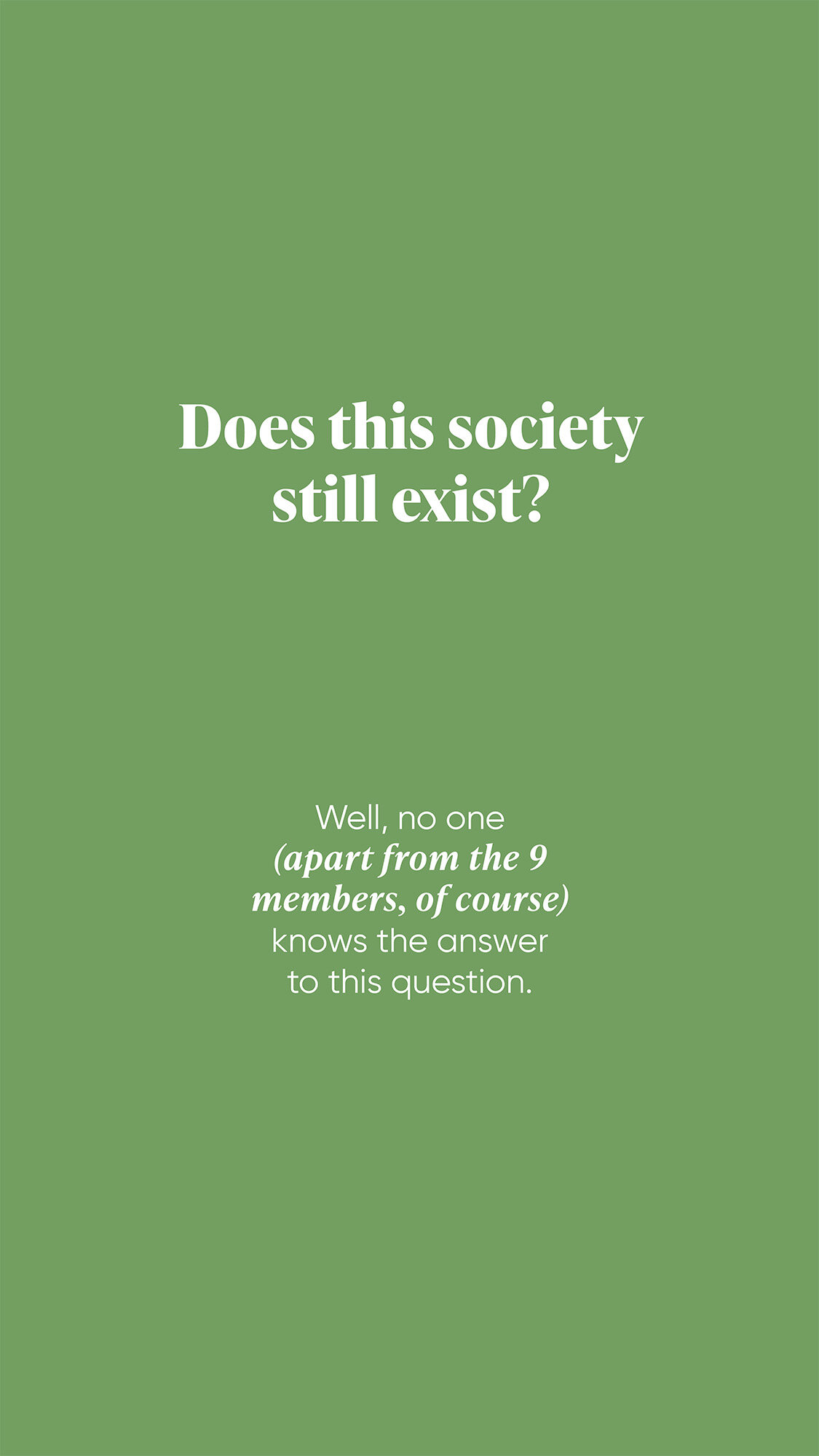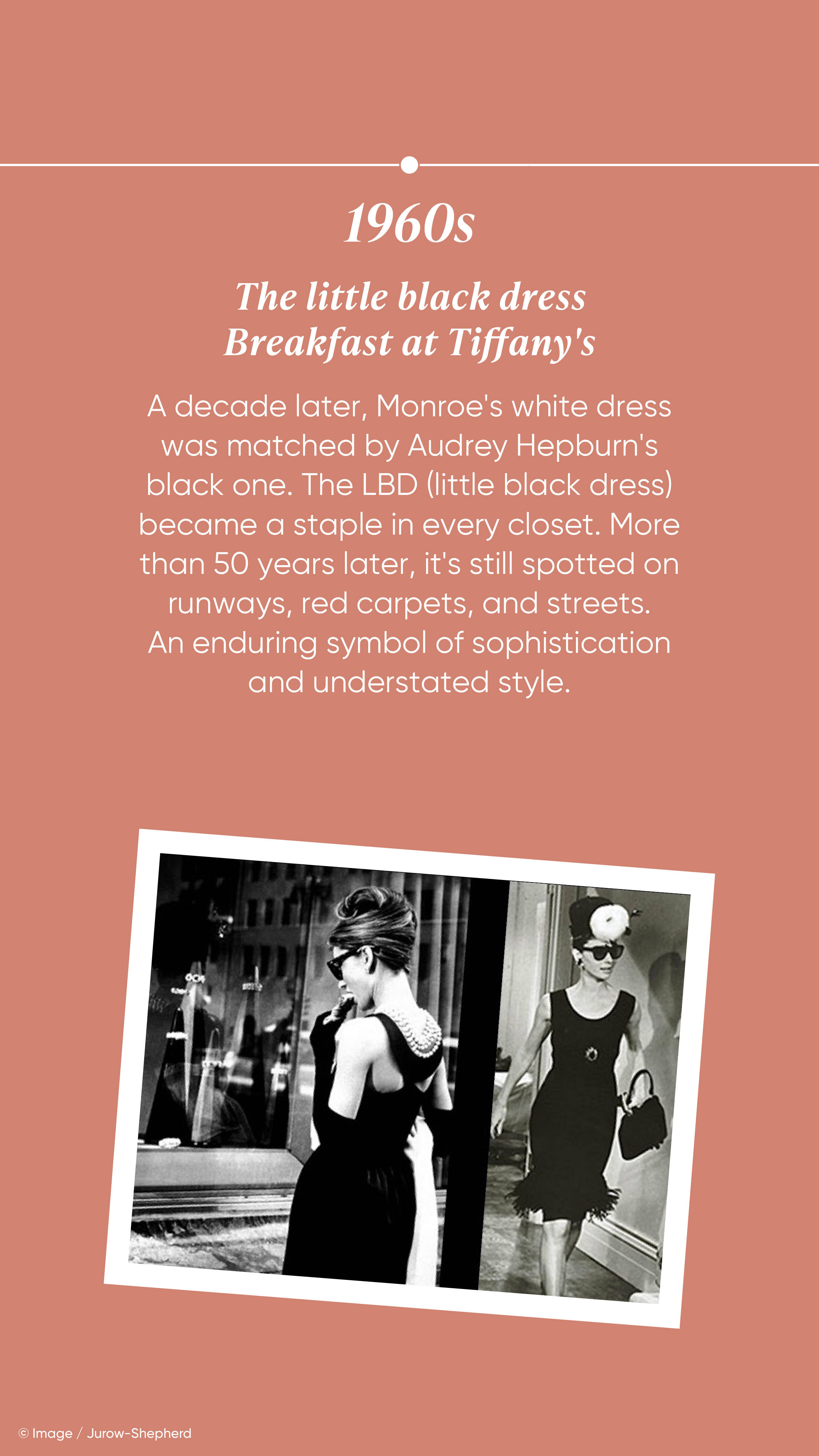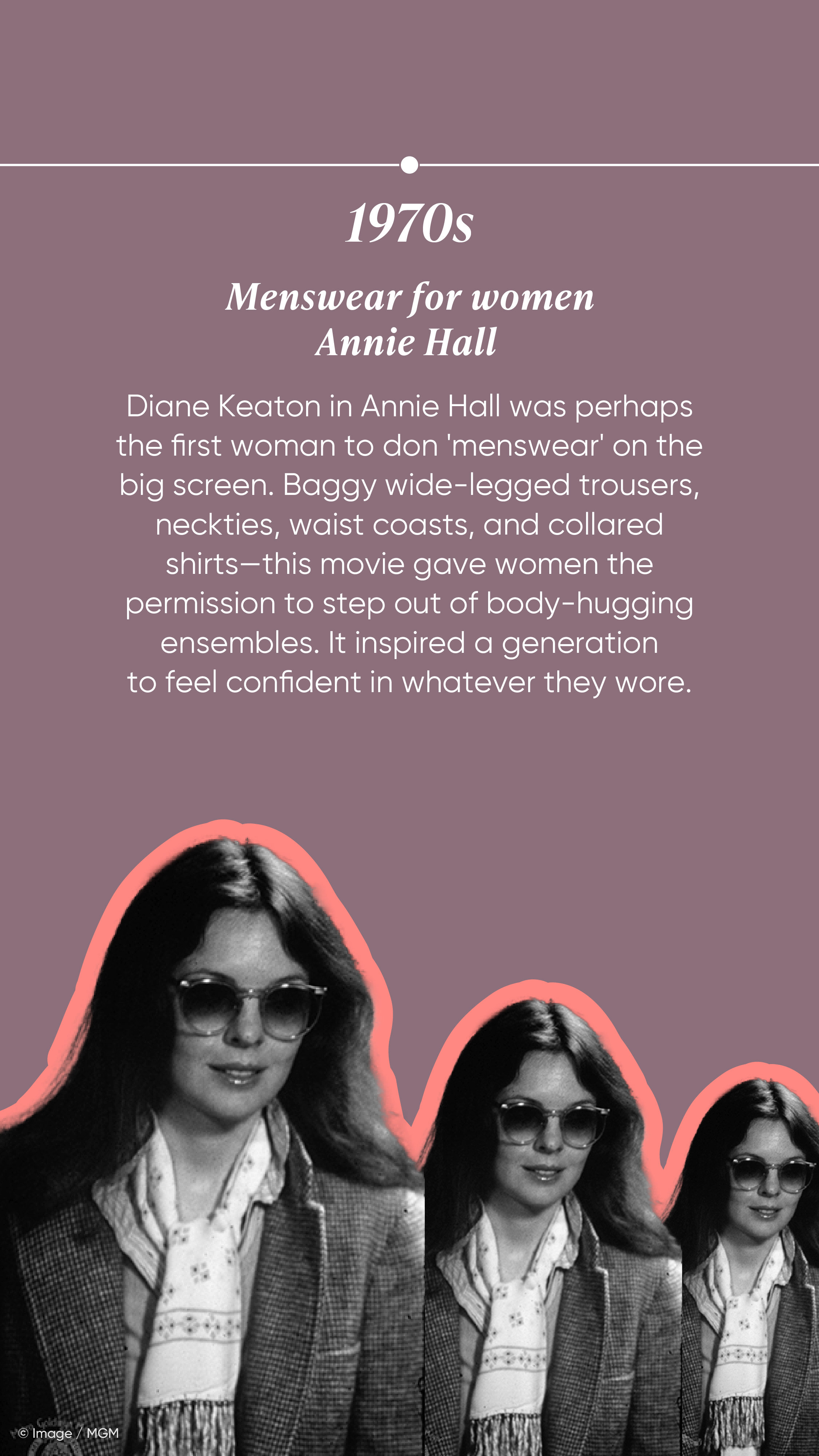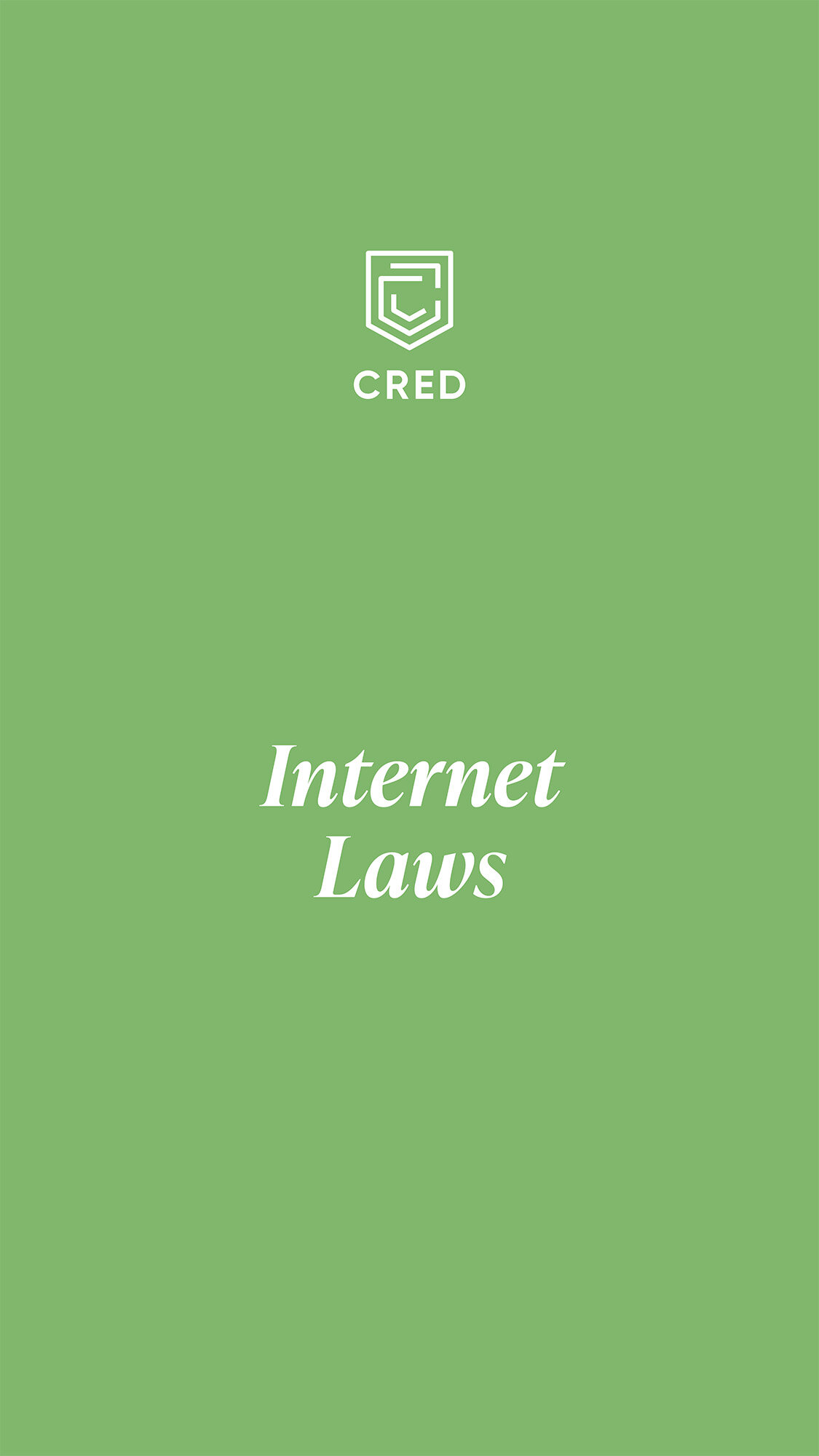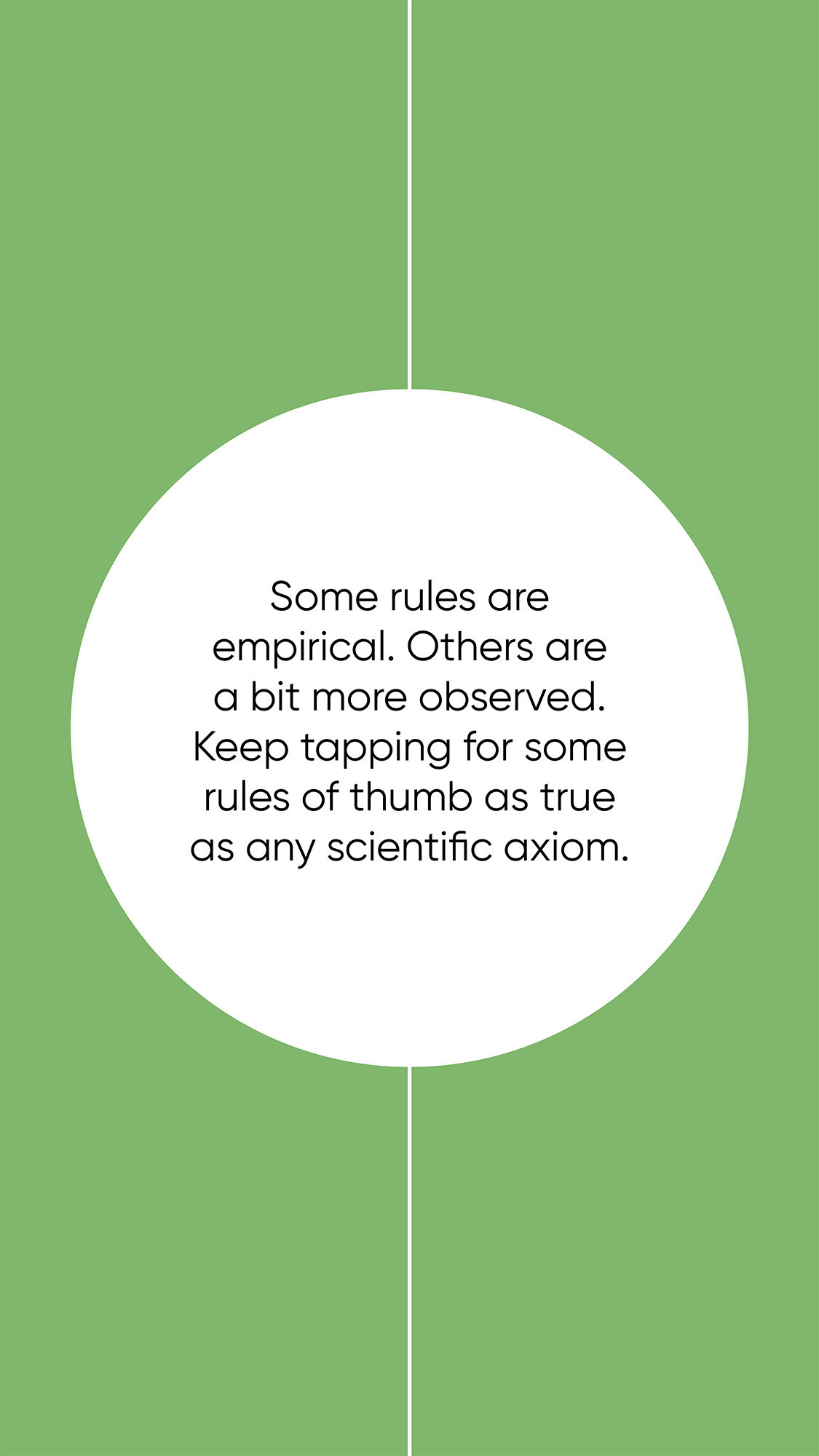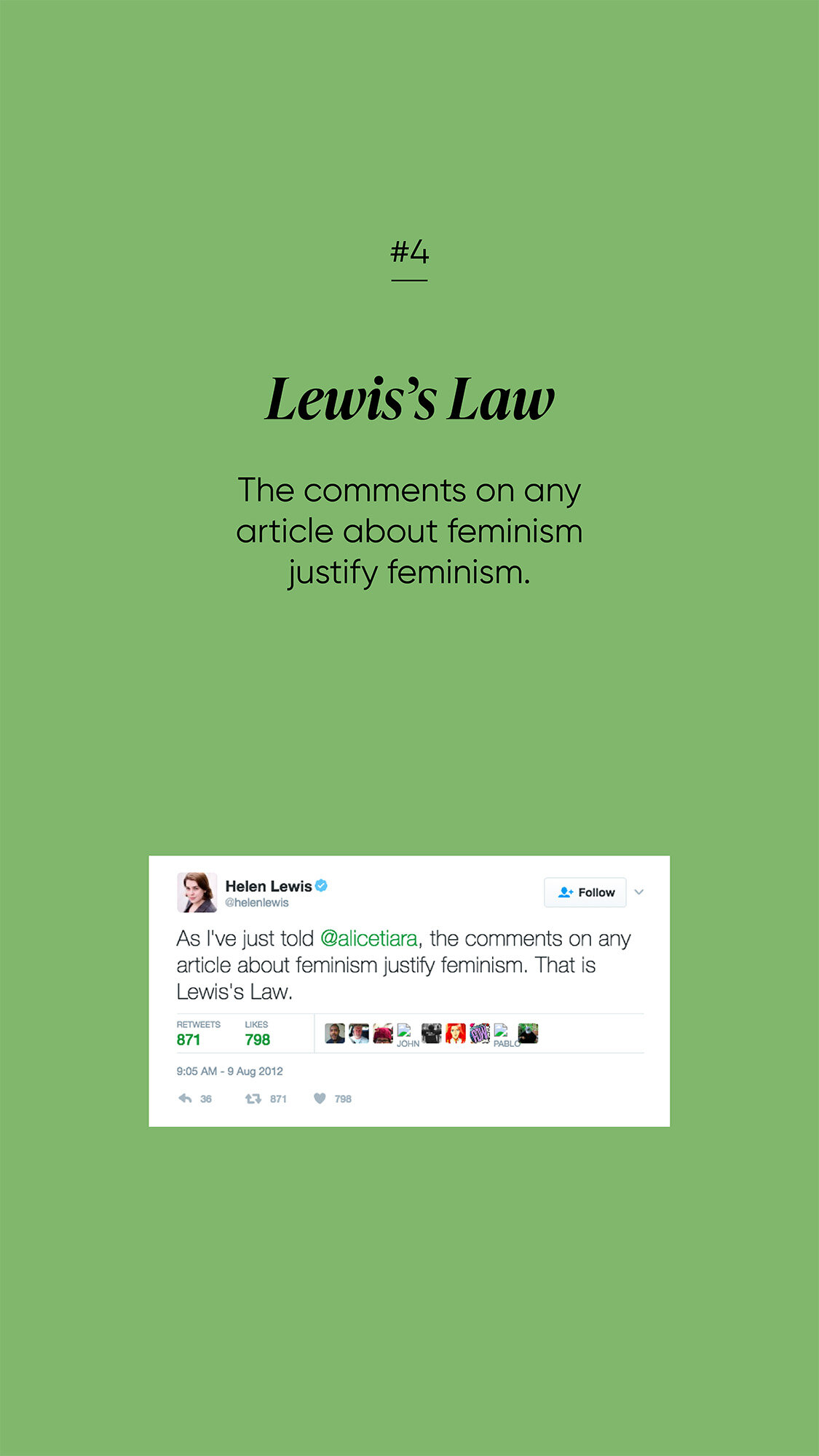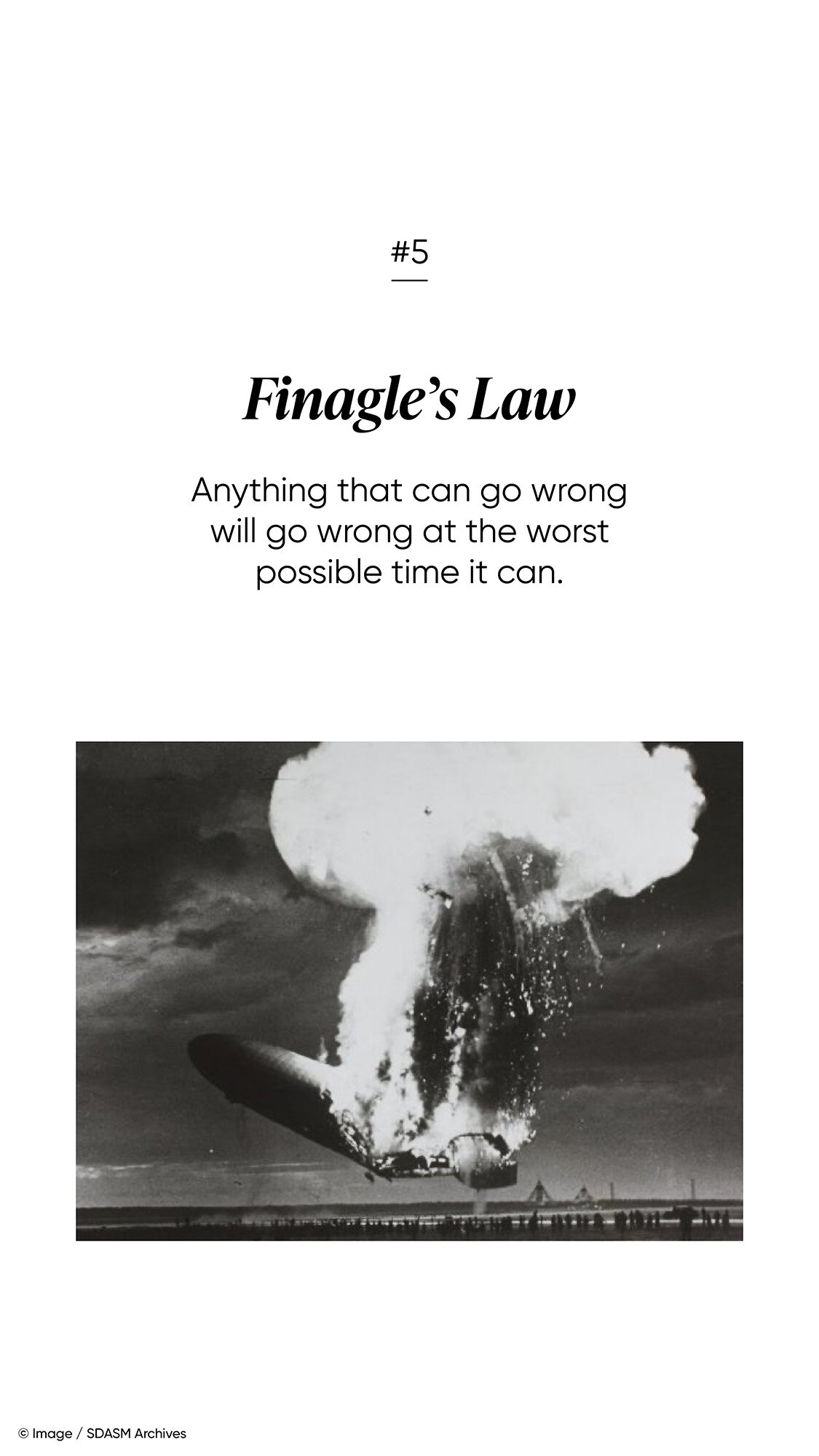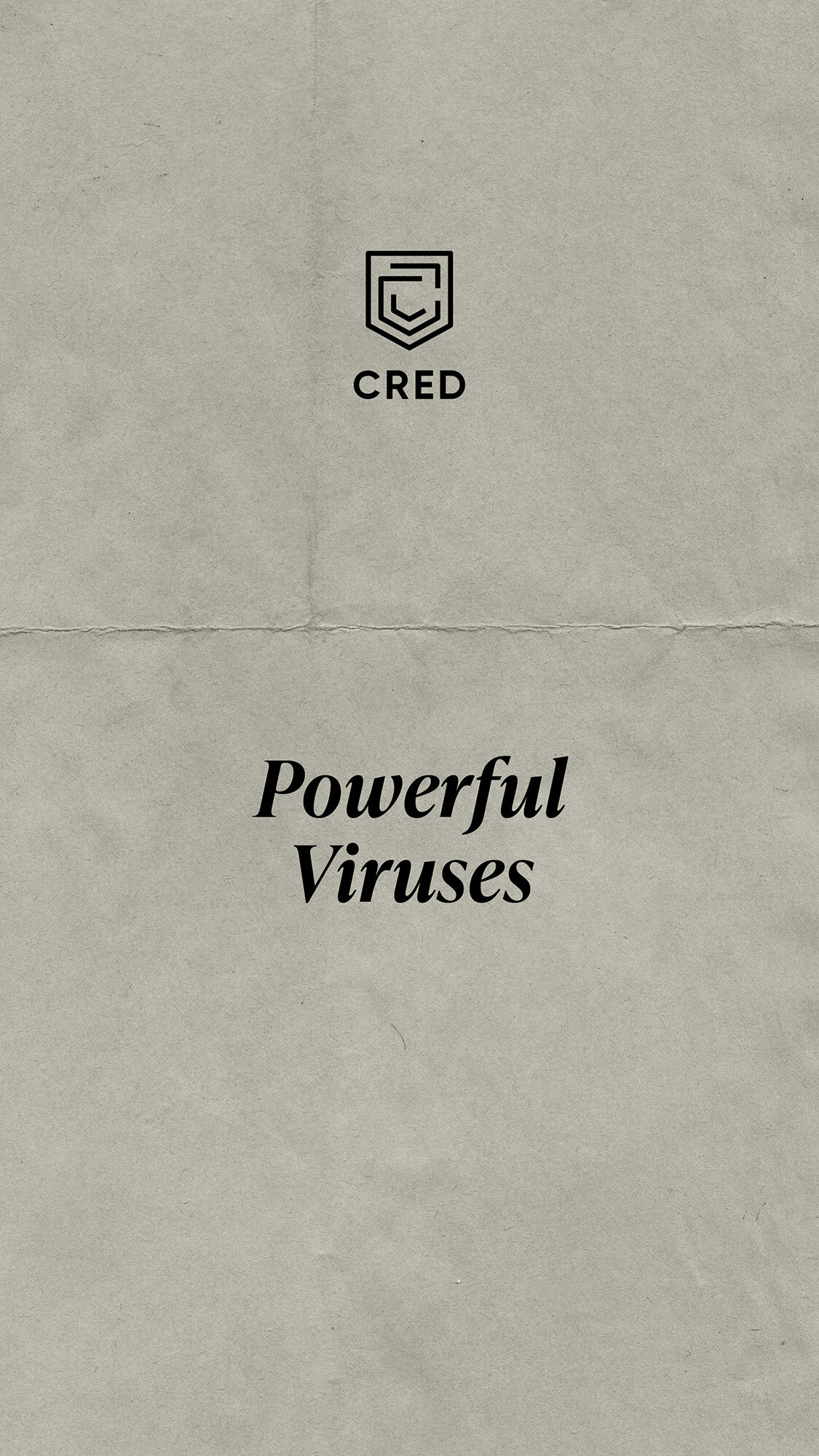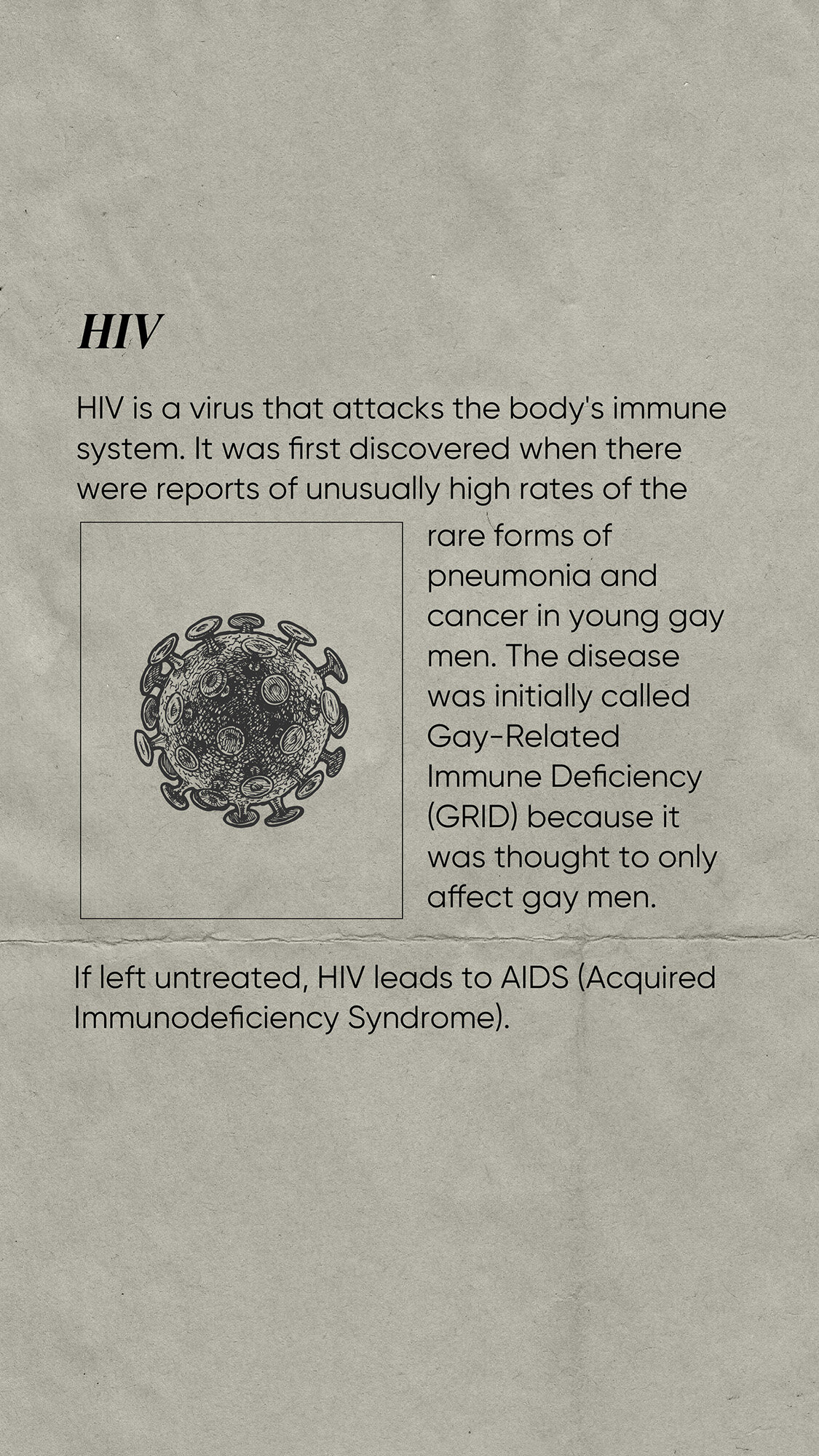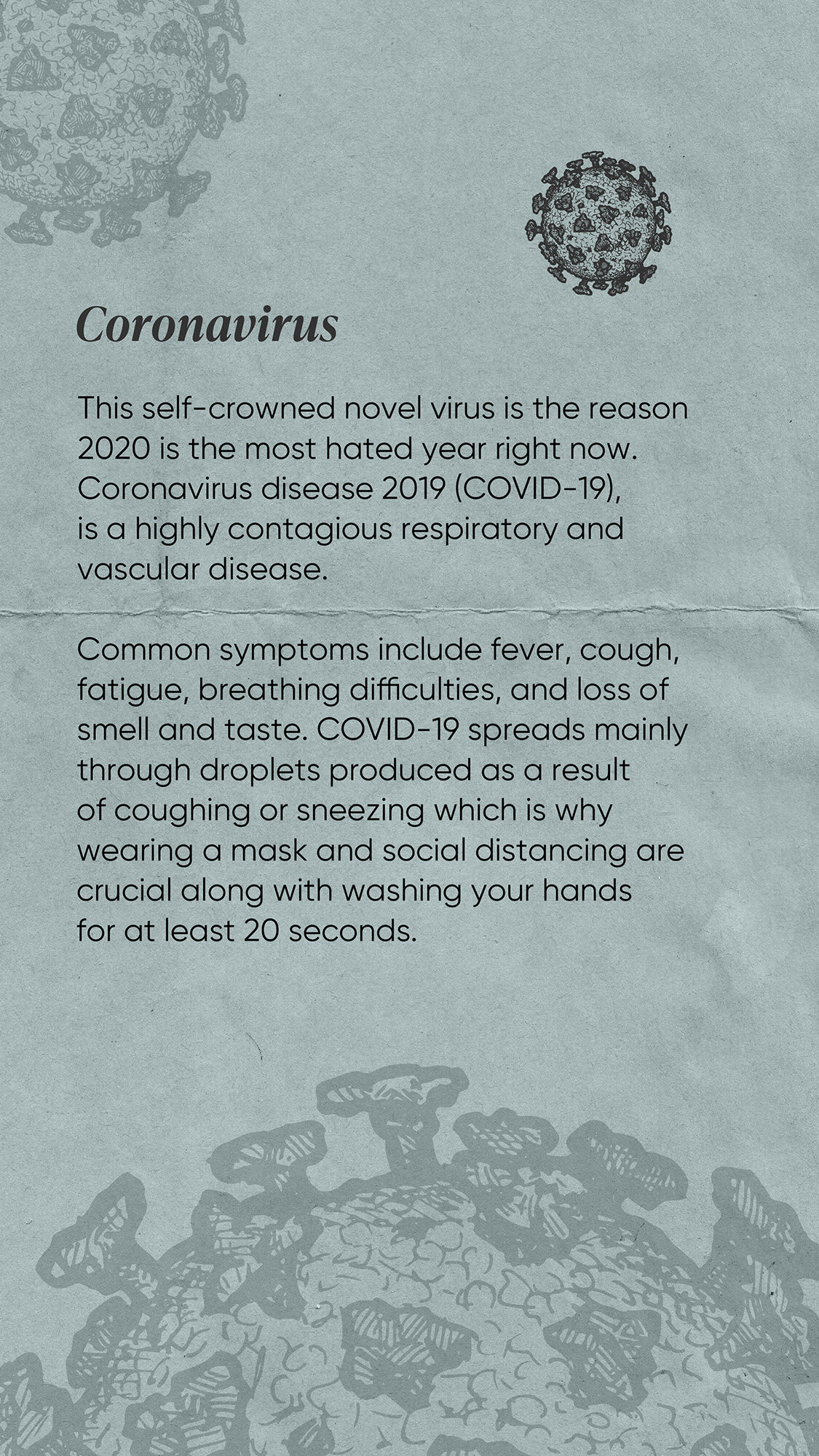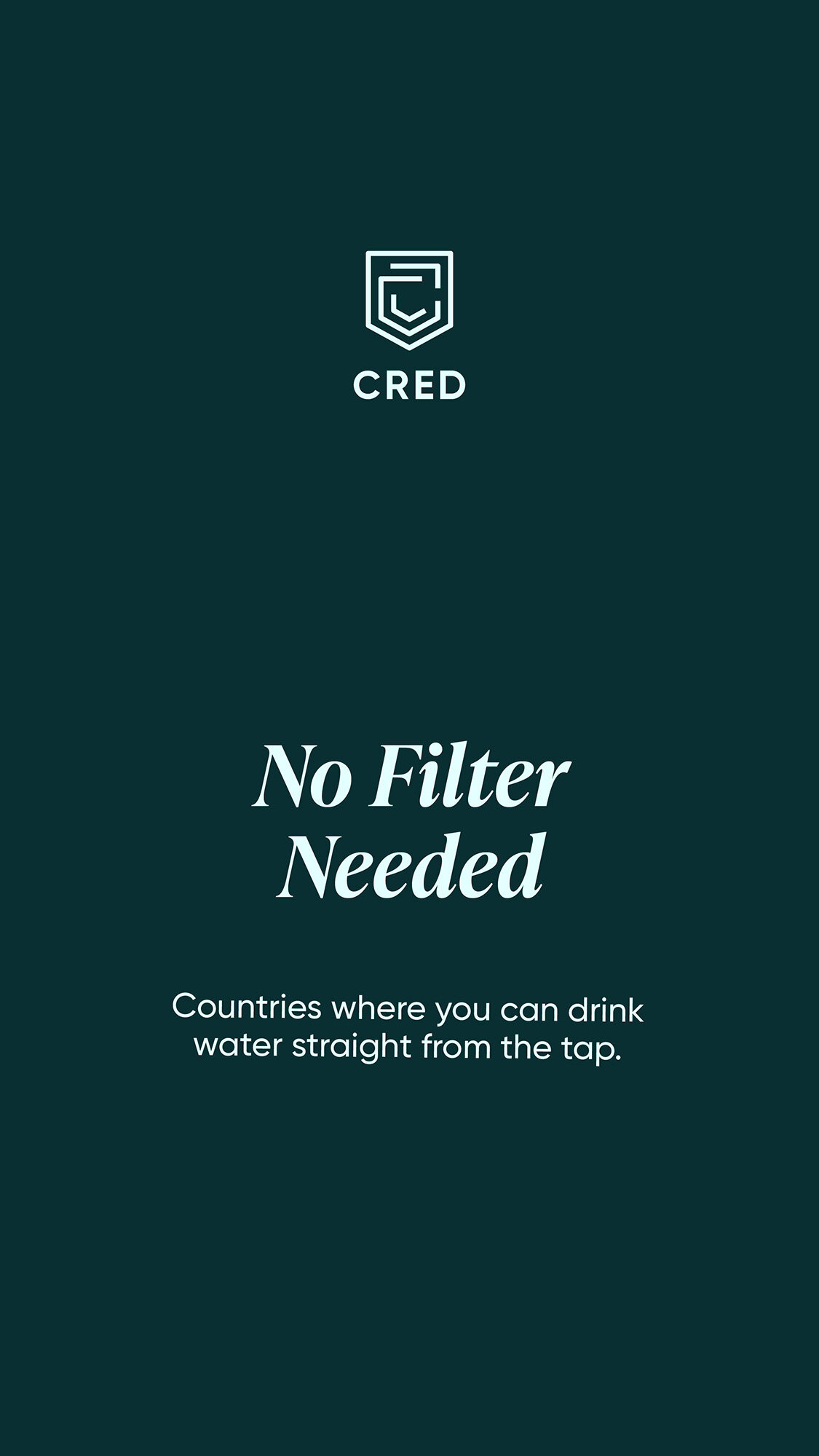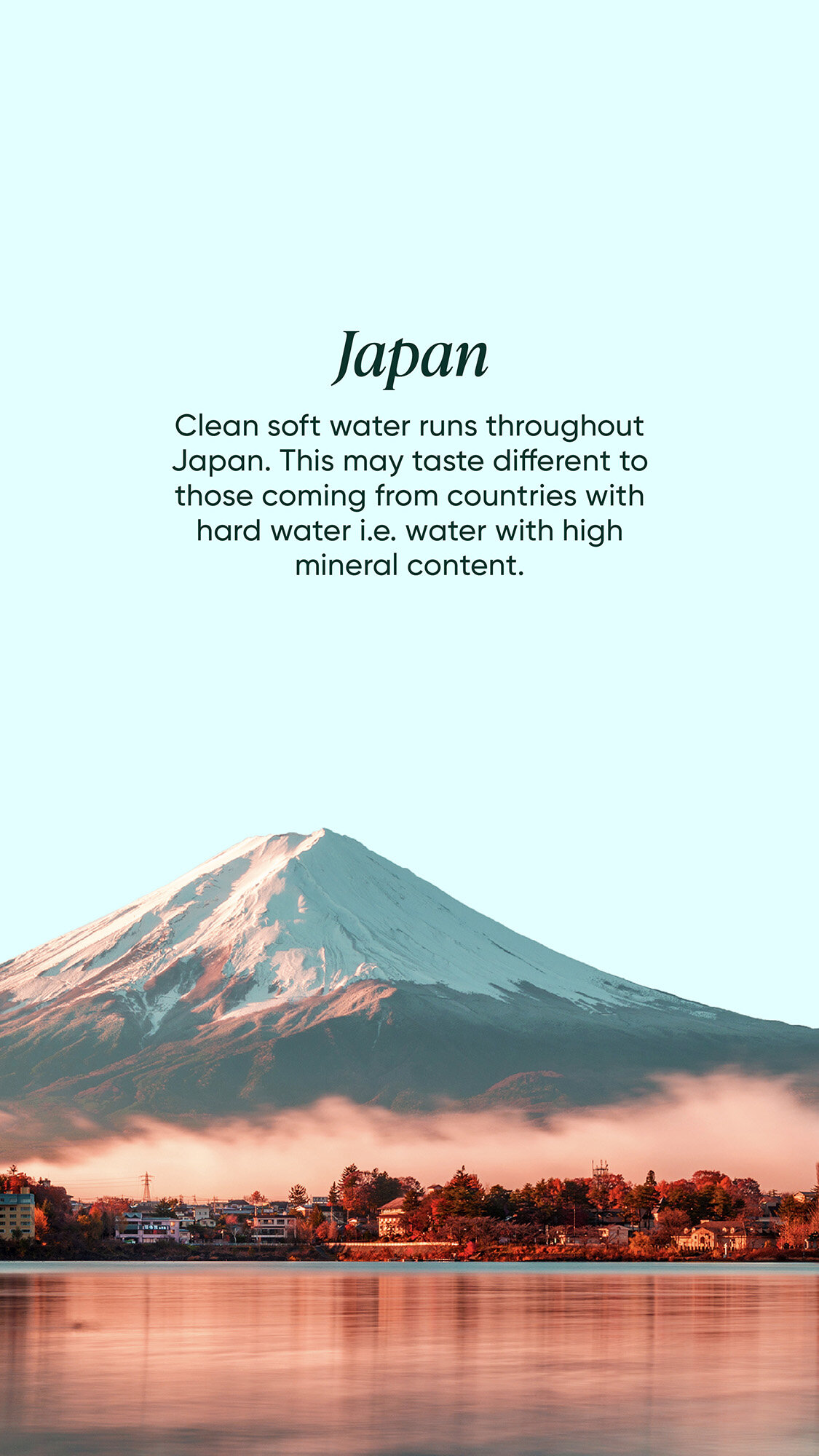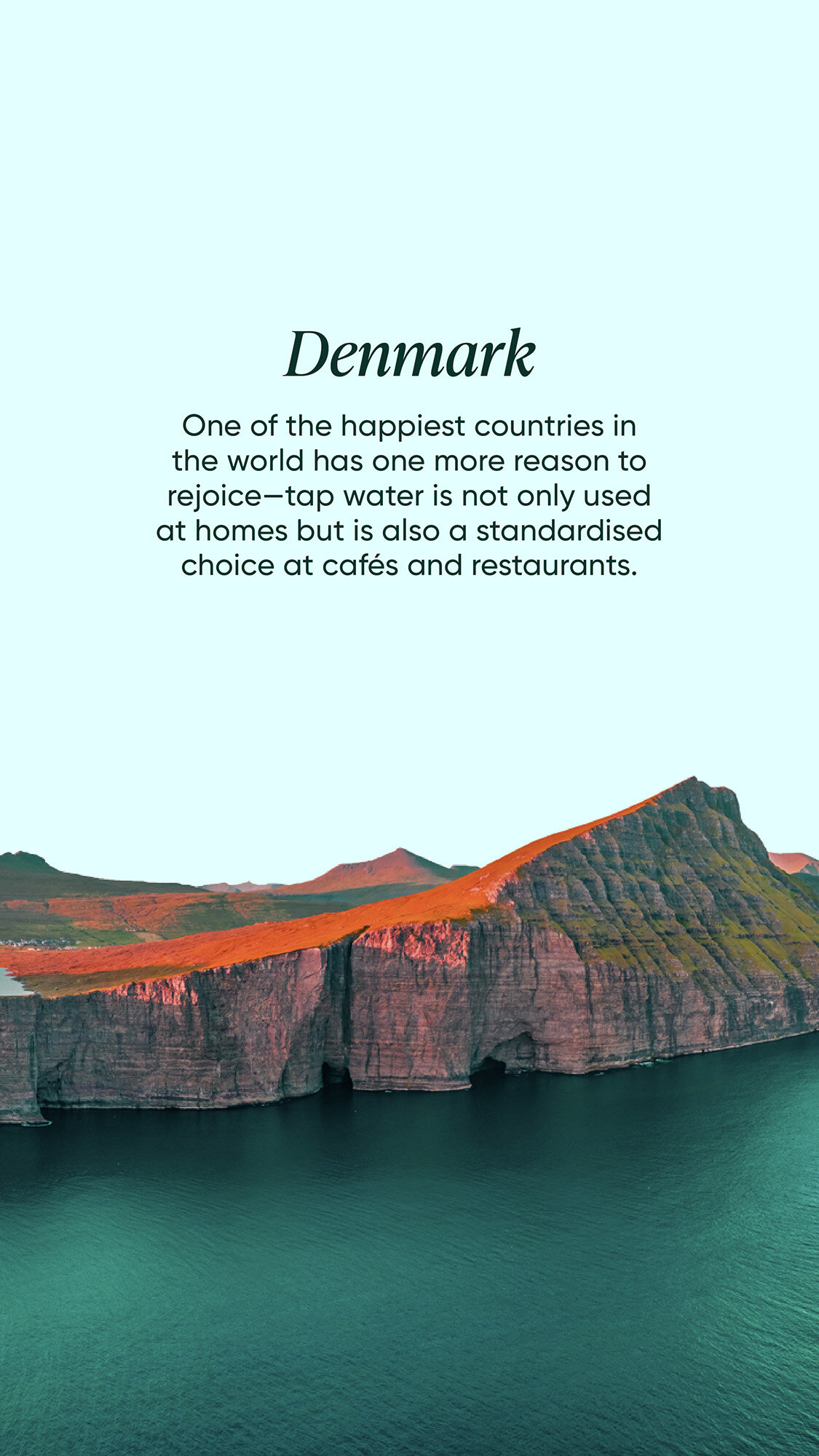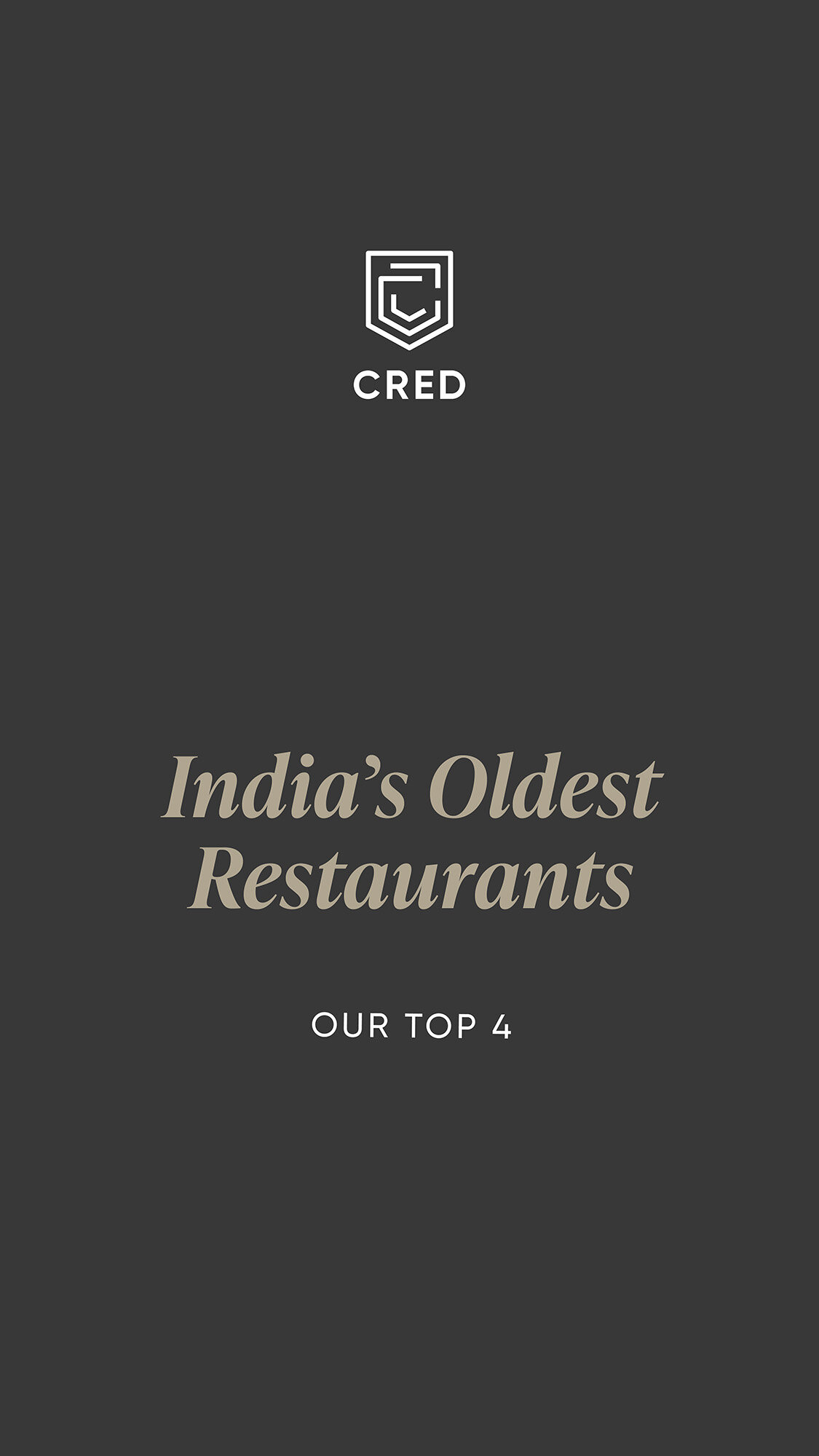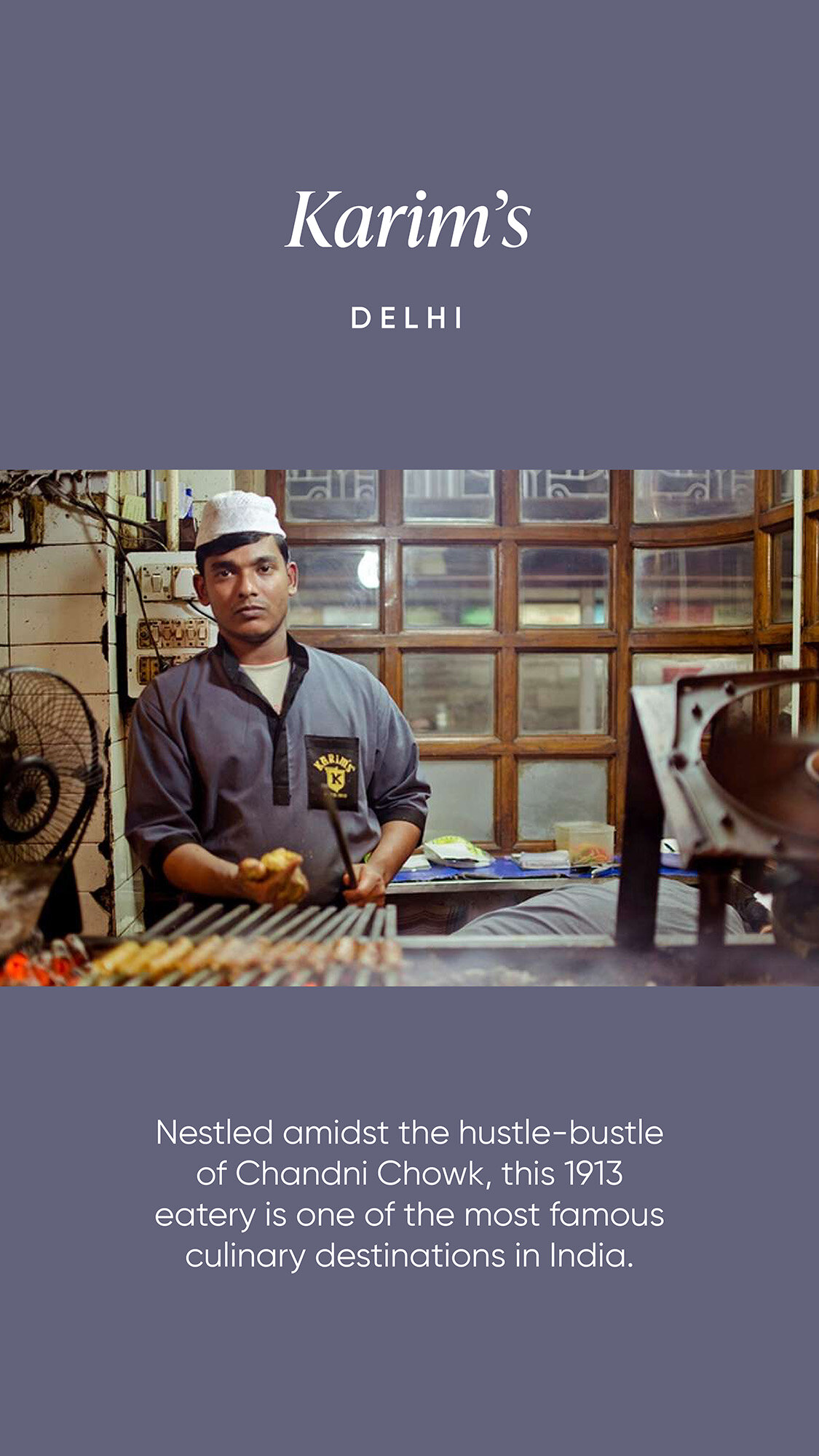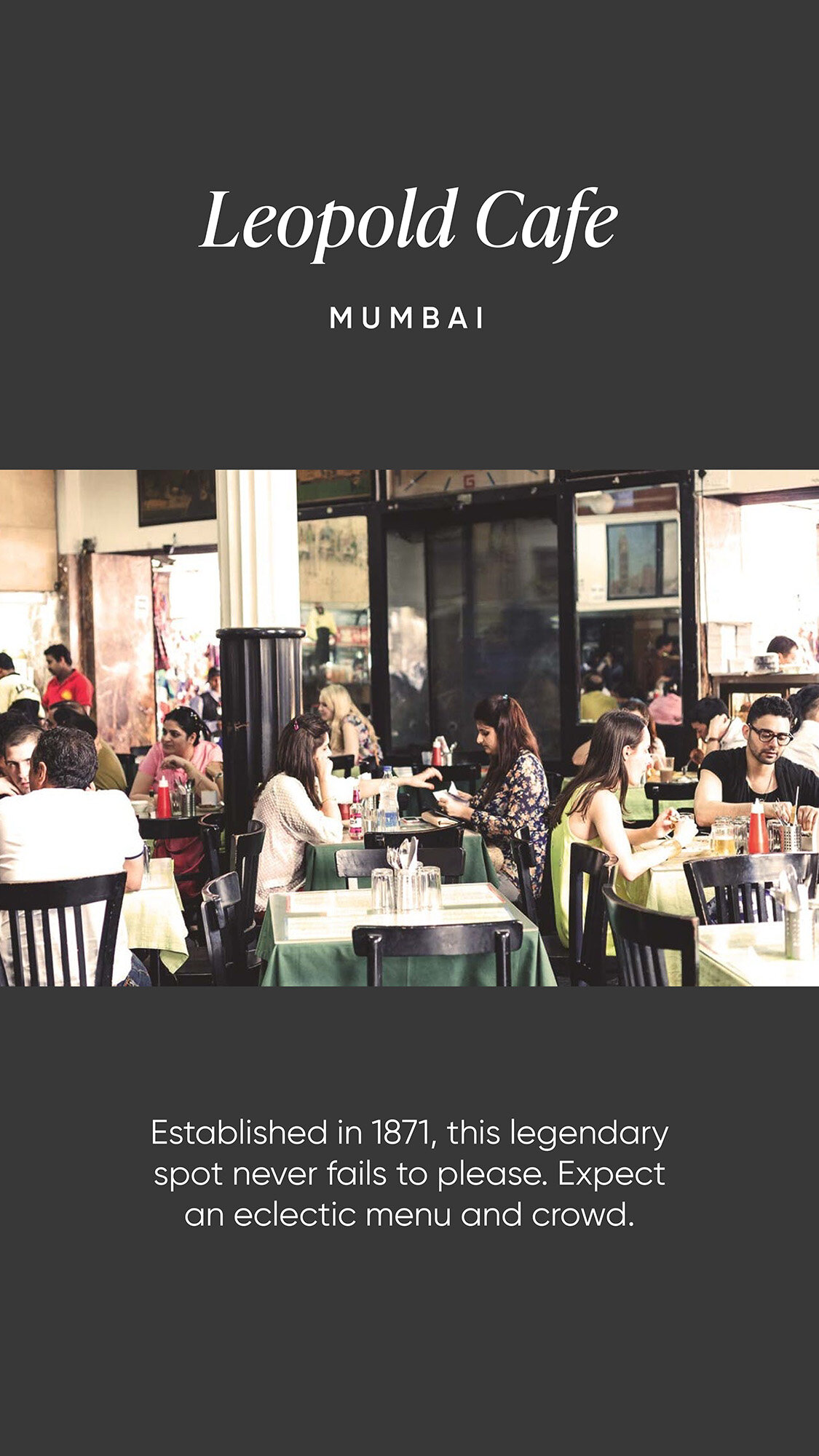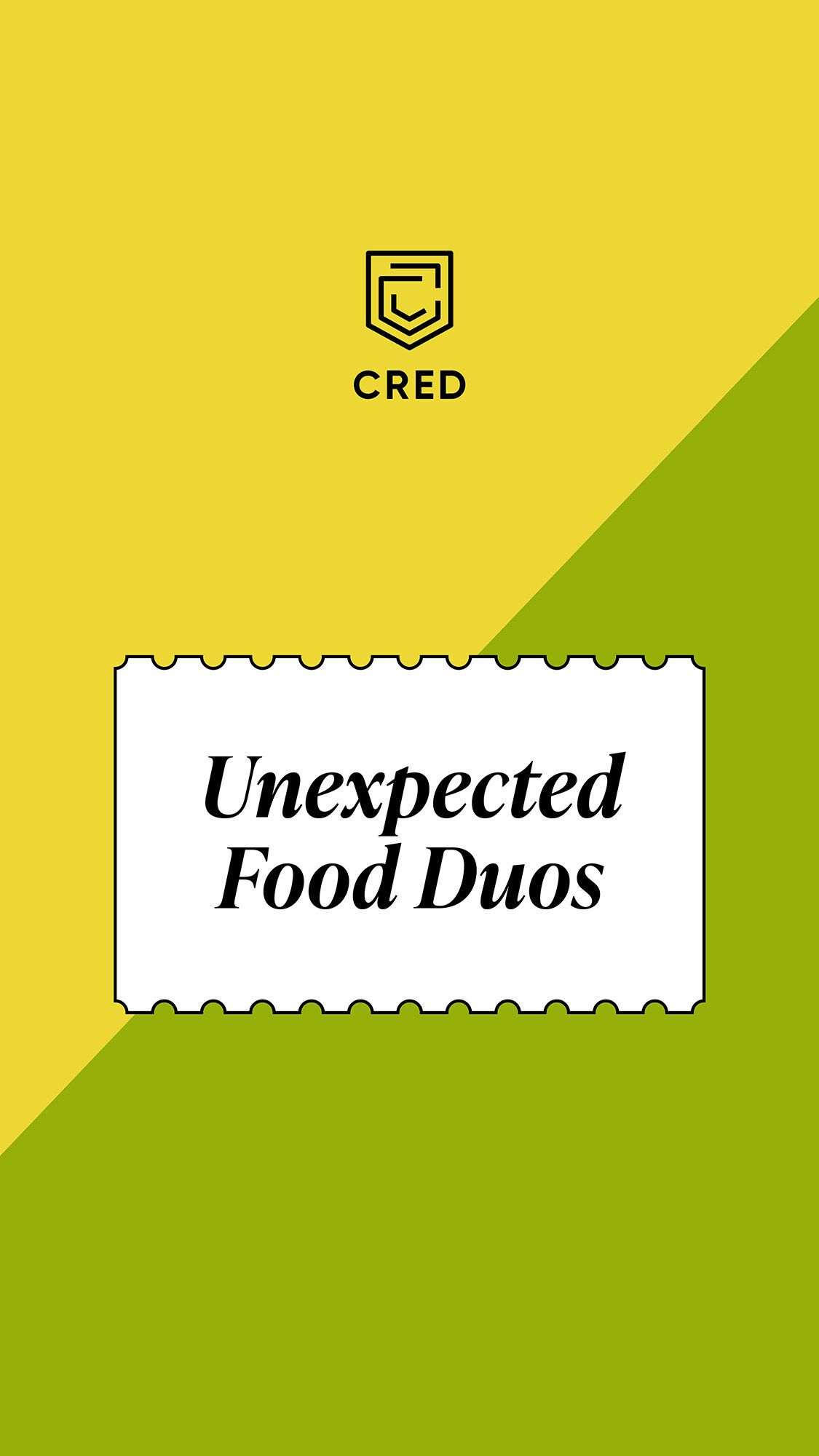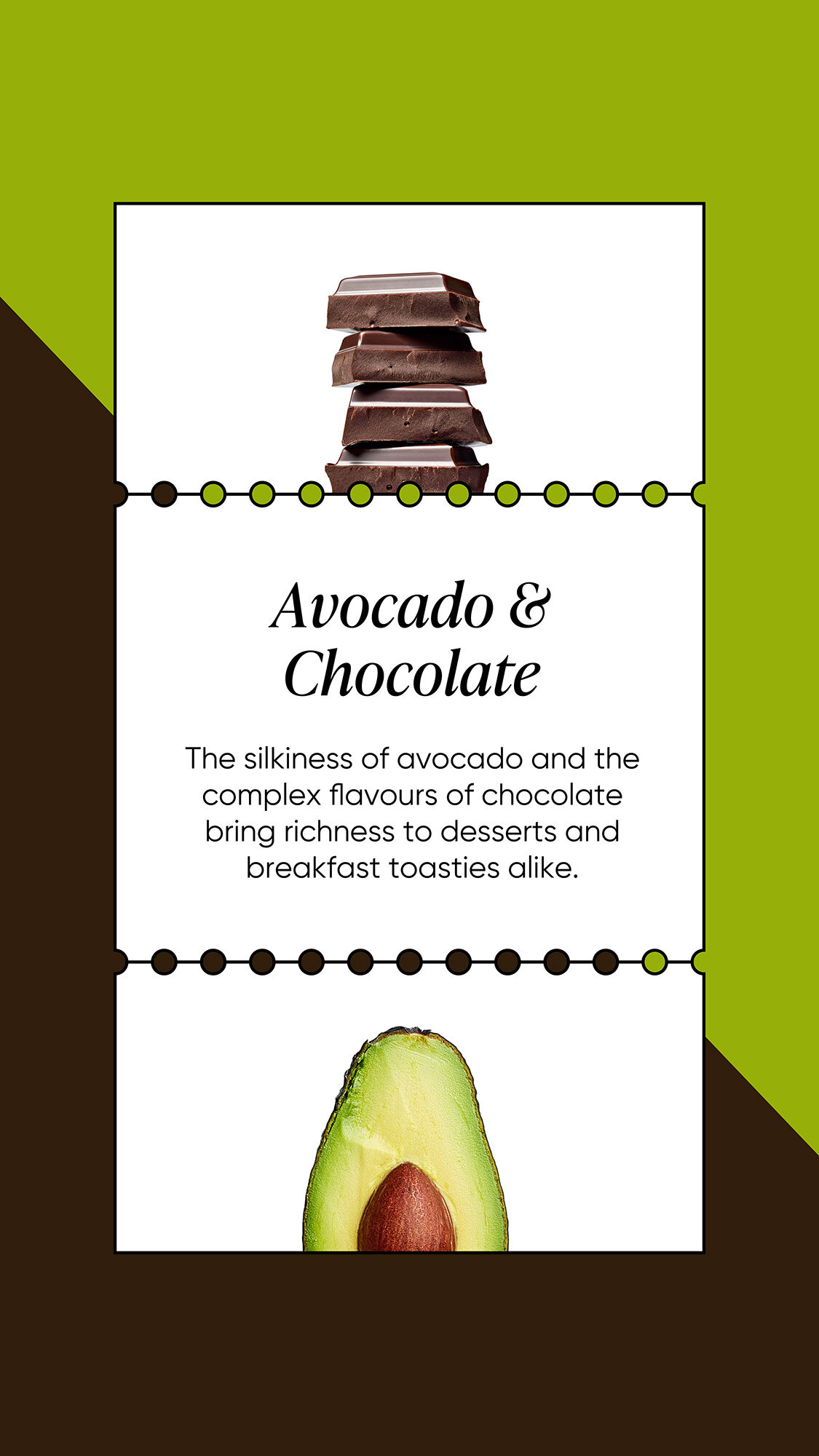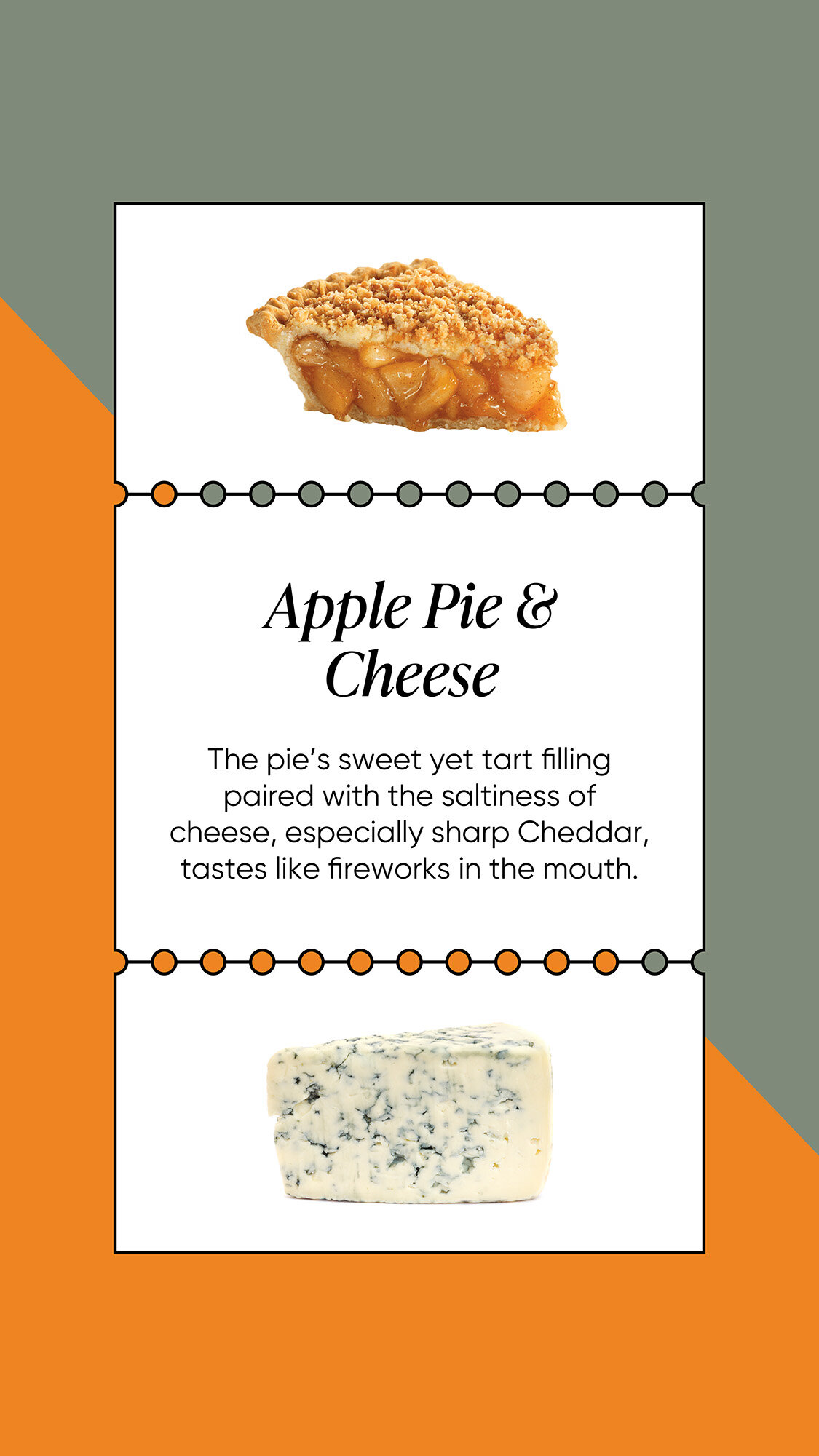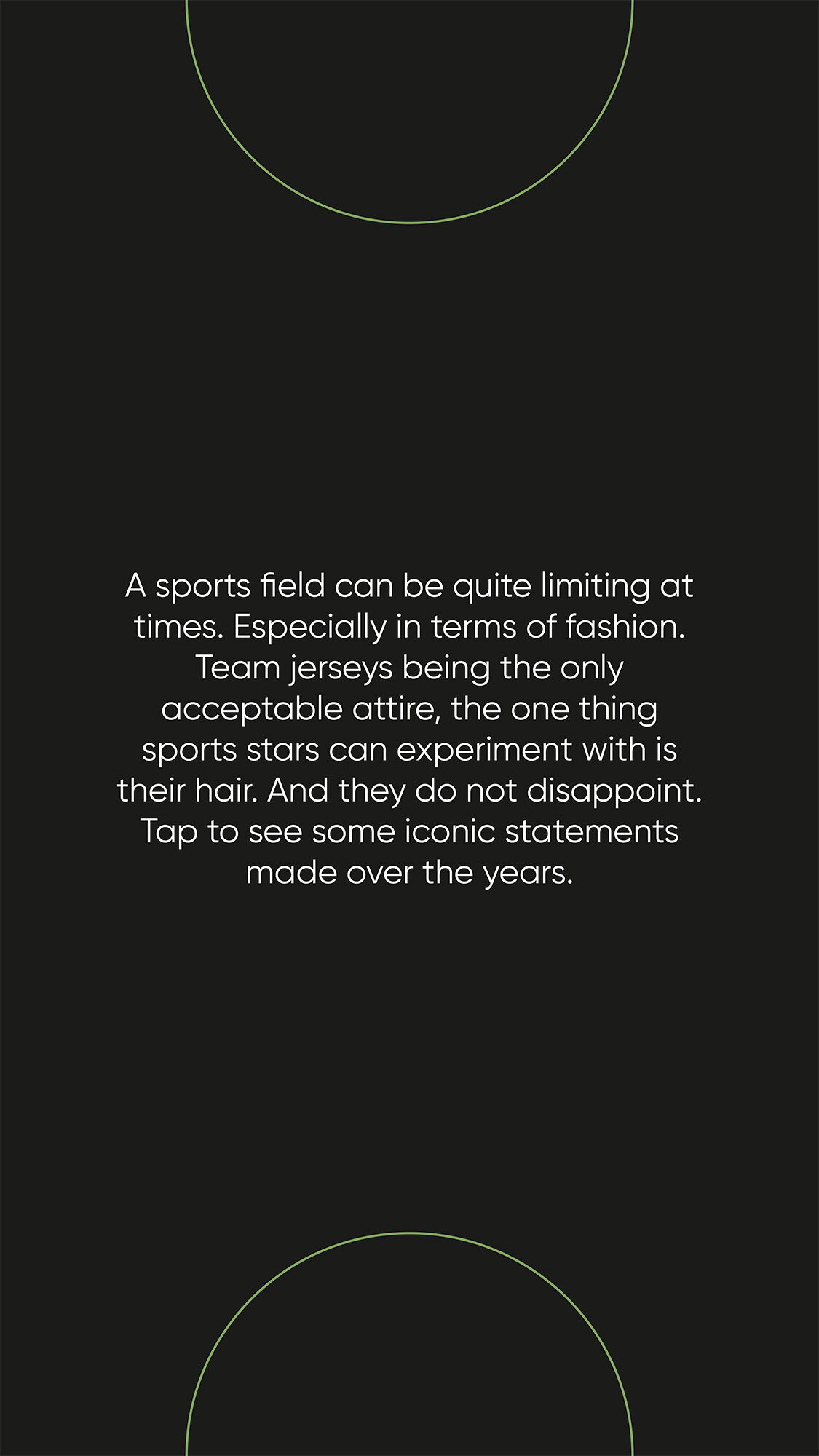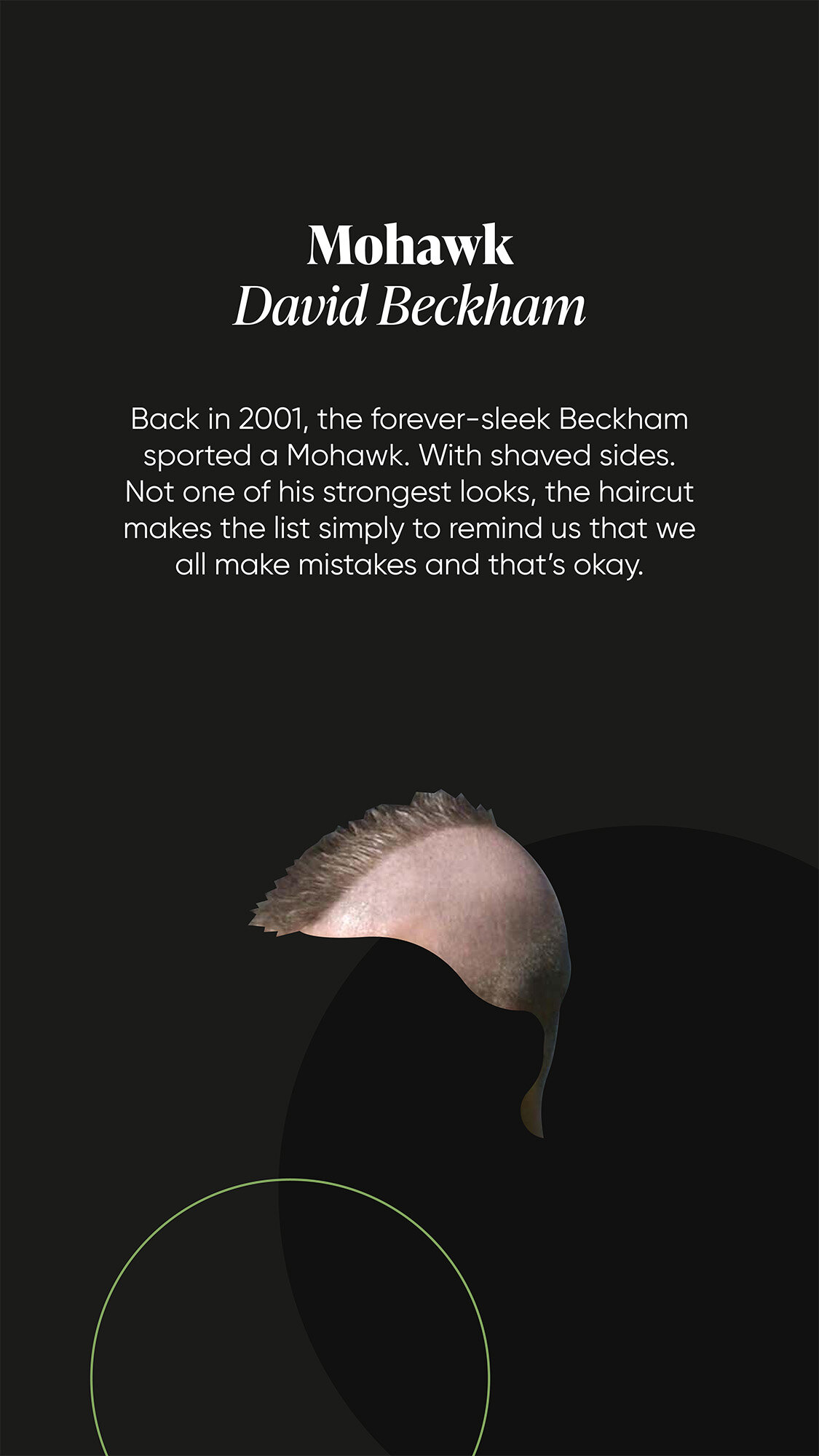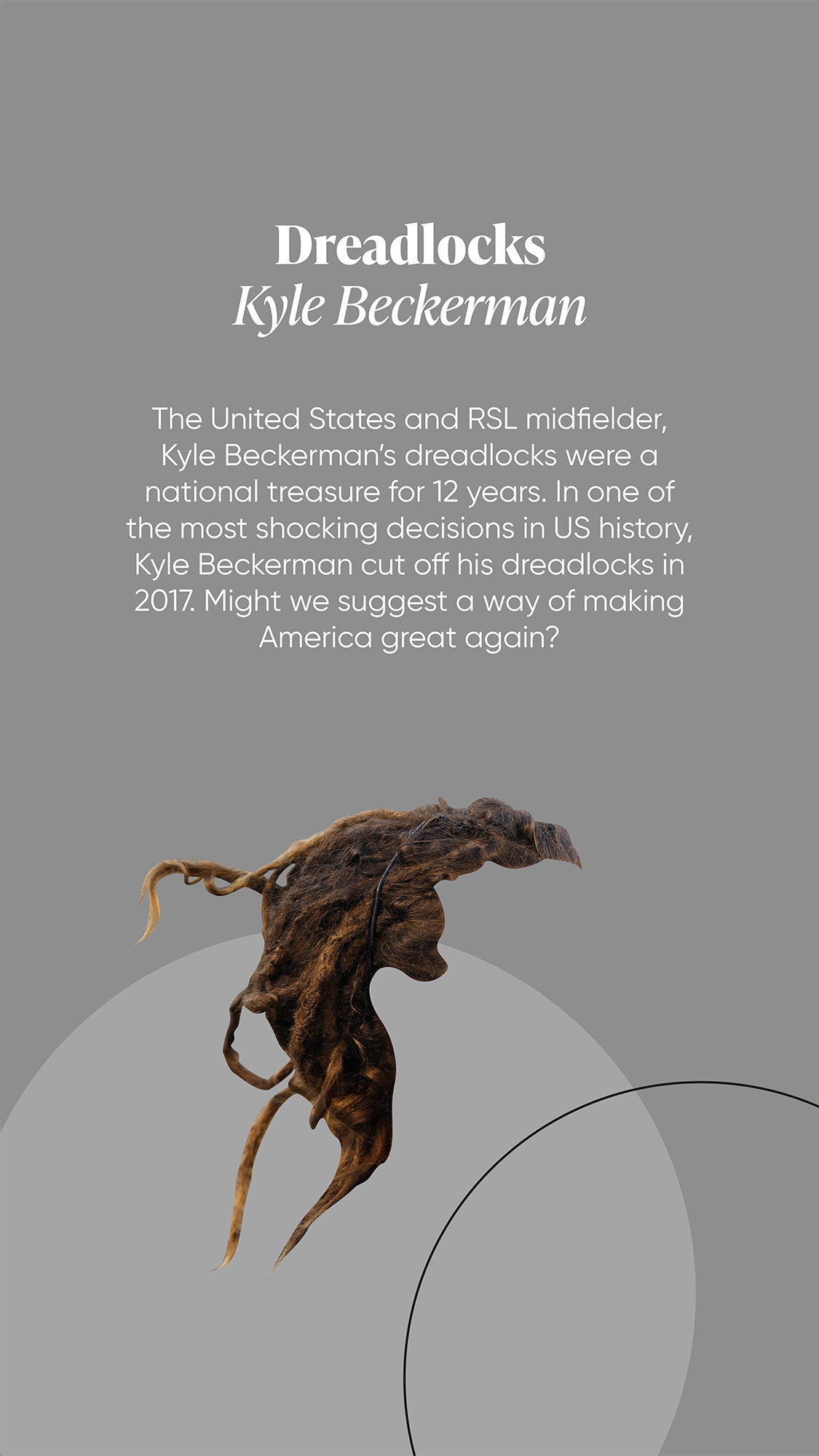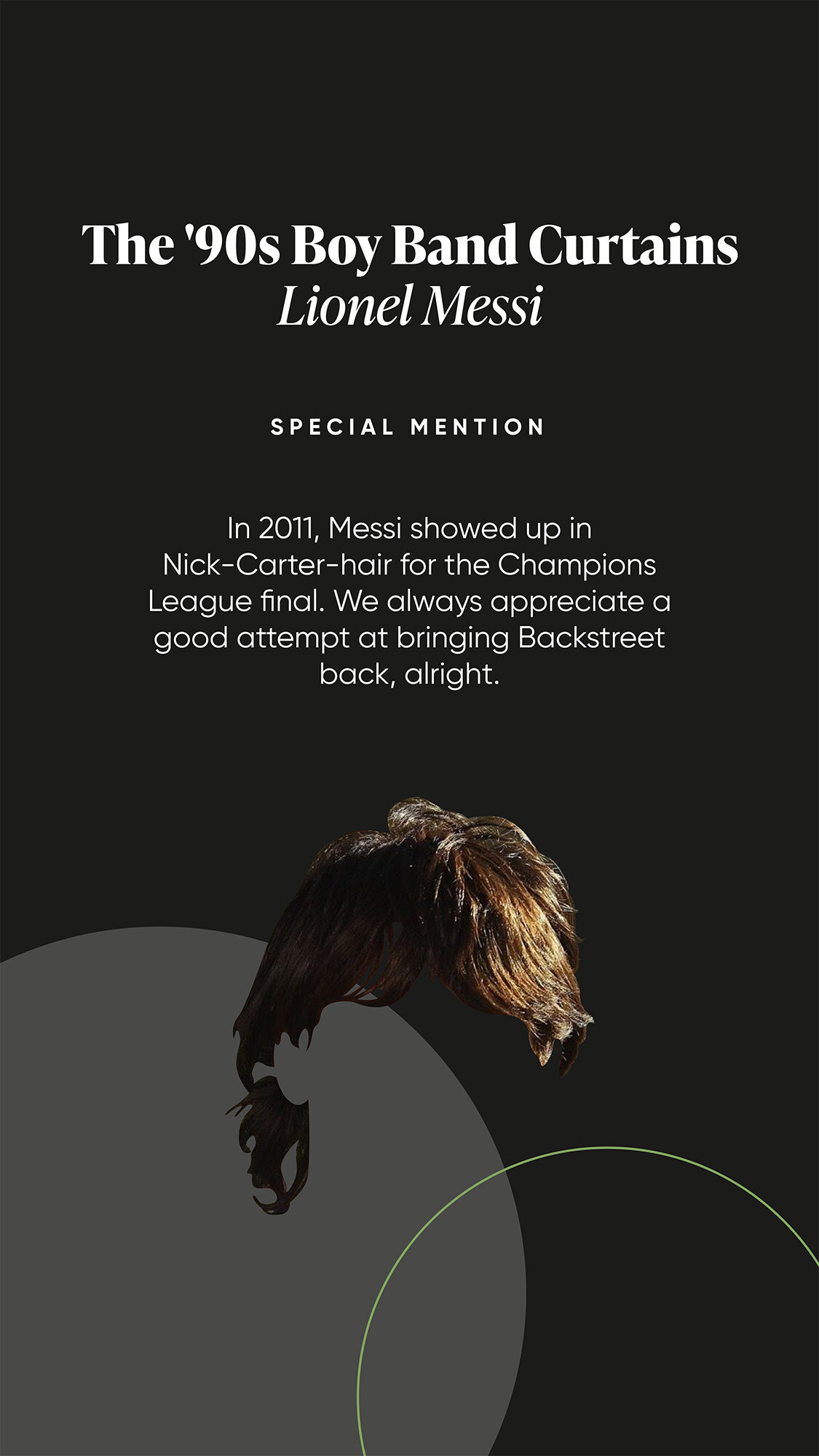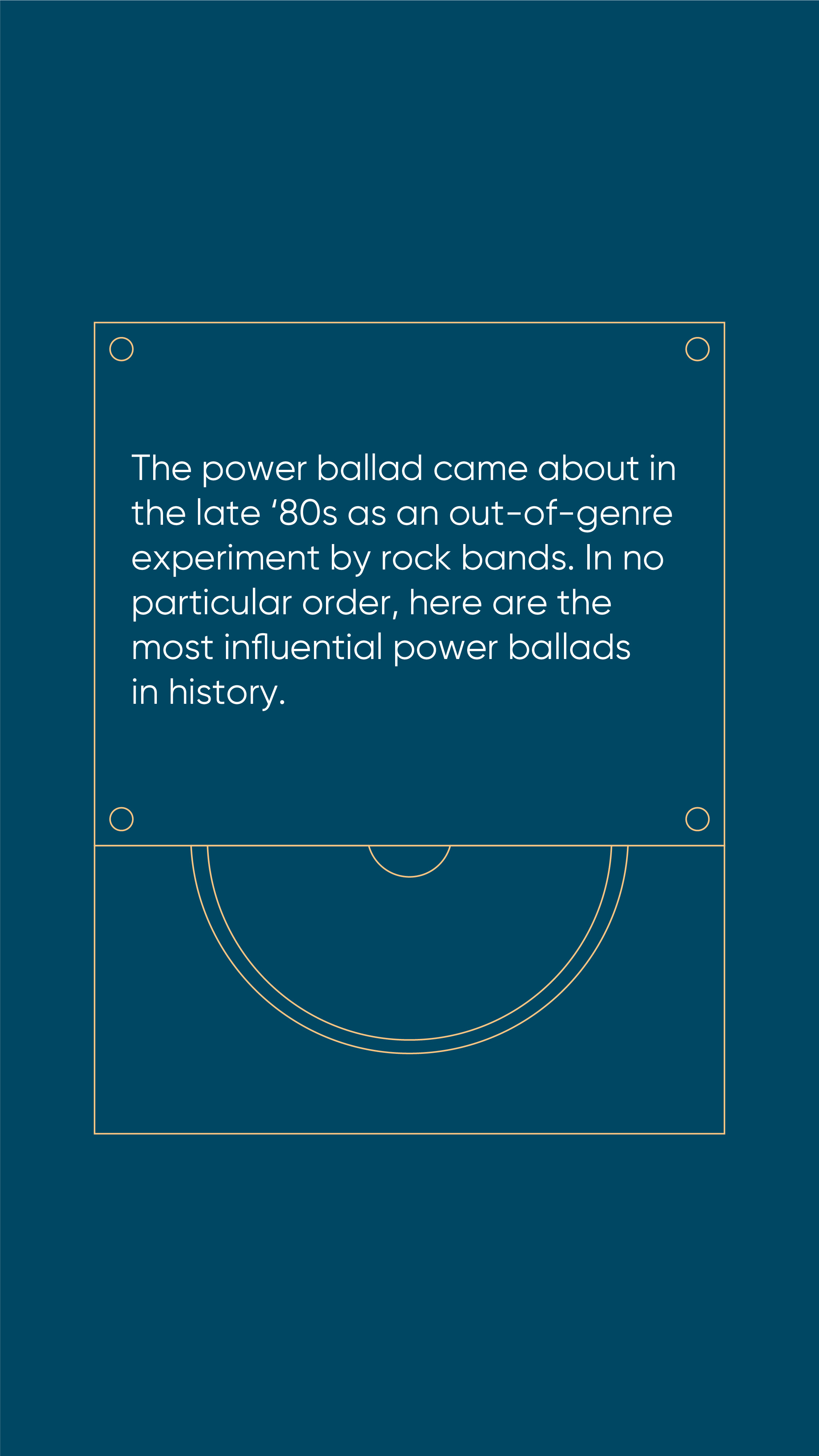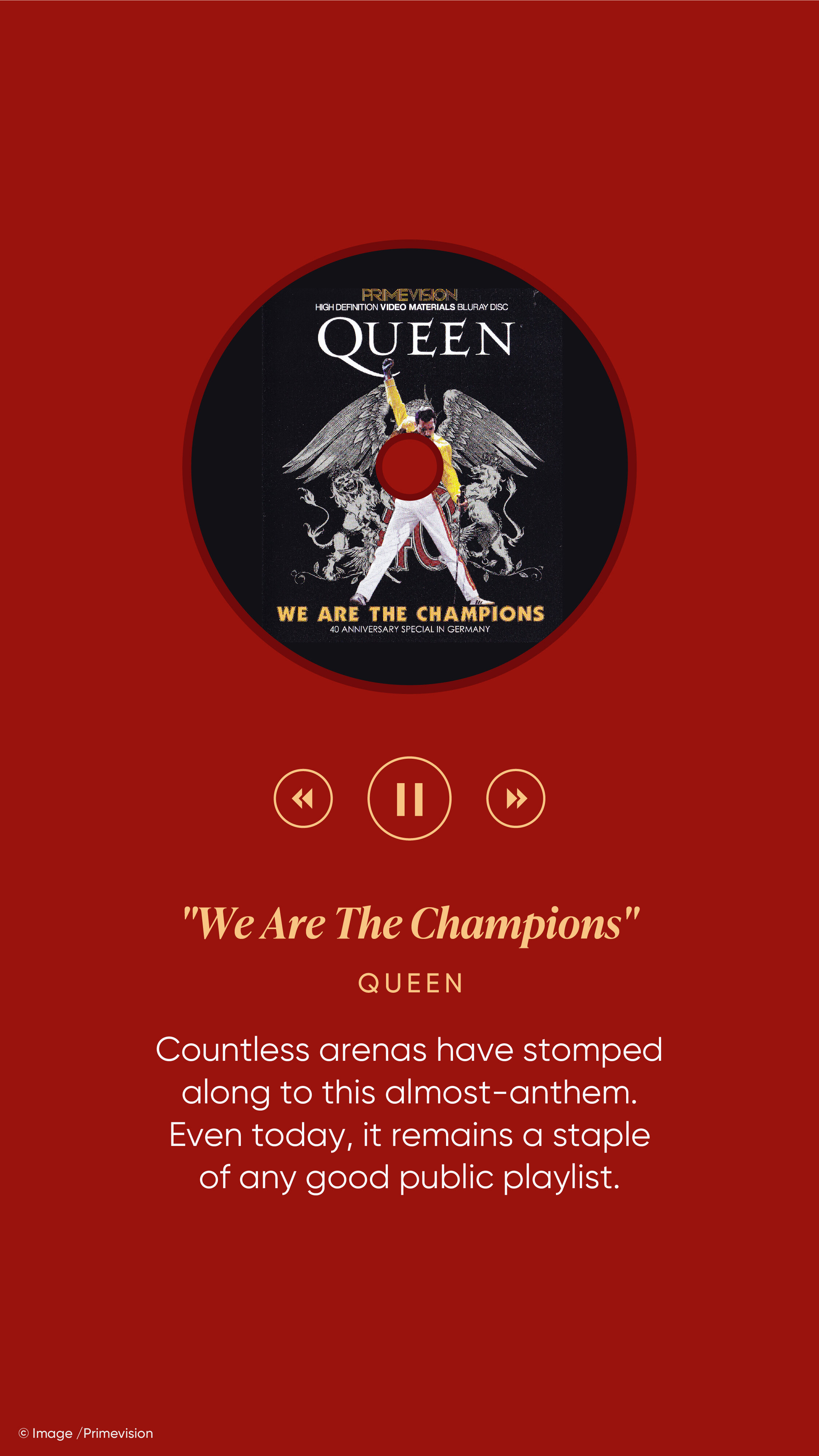
Cred
Industry
Fintech
Our Role
Social Media Strategy and content execution.
An exclusive club with inclusive content.
The Fintech app that isn’t like any other Fintech app. It’s not a digital bank, a payment wallet, a UPI app, or a net banking app. It represents an entirely new model of financial prudence. We needed to find a way to make CRED stand out from all the other Fintech apps on Instagram. So we capitalised on what truly sets CRED apart i.e. its consumers.
The globetrotting, notoriously difficult to impress millennials of India. Our goal was to make CRED their go-to Fintech app, of course. But also, their go-to lifestyle-cultural almanac.
We realised that most digital lifestyle magazines/journals/pages in India are either segregated by a male-female hero theme or ruled by celebrity culture (re: Bollywood and Cricket). Then of course, you have the cool cousins of these publications that typically revolve around India and its subcultures. Additionally, when Indian publications do cover global culture, it’s usually dominated by American and European culture.
Which means that none of these lifestyle-cultural magazines were really looking out for their millennial reader who is a global citizen through and through. Which in a way, worked out well for us. We made sure that CRED’s Instagram page featured content from across the globe and spanned a plethora of different fields.
A space where Jay-Z meets K-Pop, Versace meets Rei Kawakubo, and coffee meets kombucha.
@cred_club SUGAR IN SONGS
@cred_club STOCK MARKET VS UNION BUDGET
@cred_club SHAPE SHIFTING DESIGNS - THE NEXT BIG THING
@cred_club FOOD FUSION: APPRECIATION OR APPROPRIATION?
Japanese chef, Hidekazu Tojo, studied the craft of sushi-making in Osaka before immigrating to Vancouver, Canada in 1971. Tojo realized that most Westerners did not eat raw fish. So he came up with the idea of making “the roll inside out” and people ate it up, literally. Thus, California Roll was born.
Food fusion is a concept as old as colonialism, if not time. Boba, for example, is considered an authentic Taiwanese phenomenon, but the popular drink came about only because British colonists in Hong Kong put milk and sugar into Chinese teas. This milky tea then got exported to Taiwan where tapioca balls were added.
As geopolitical borders shift and people make homes in foreign lands, “authentic” changes its meaning too. Sliced-bread bánh mì, tater tots in curry, and Bolognese tacos are a few modern-day examples of immigrants reinventing their cuisine.
But at what point does cultural exchange or assimilation tip over into appropriation? Well, one particular Chai Tea Latte comes to mind. Or the internet’s obsession with clarified butter aka ghee.
Cross-cultural exchange is great as long as it’s not exploitative. But things start to get iffy when people benefit from other culture(s) without respecting the origin or the people of that culture(s). Even when the due respect and sensitivity is provided, do you think it’s ethical to benefit from a culture that doesn’t belong to you?
There is a fine line between appreciation and appropriation, celebration and profit. Where do you think we should draw it.
@cred_club CELEBRITIES AND THEIR NO-EYE-CONTACT RULE
@cred_club FREEZE TO LIFE
@cred_club BLUE SKY THINKING: THE SILVER LINING OF THE CREATIVE SKY
@cred_club THE POWER OF THE ‘SELF-MADE’ MYTH
“A self-made man” is a phrase first coined in 1832 by a US senator called Henry Clay. More than a century later, the themes of self-reliance and hard work as means to amass unlimited success - also described as “The American Dream” - are no longer just American in nature.
Today, we reflexively connect hard work with deservingness. We believe that if we work hard enough, we will be rewarded. And why not, a simple google search results in pages and pages of seemingly self-made rags-to-riches stories.
Each year, Forbes celebrates America’s billionaires as paragons of entrepreneurial success. The magazine once claimed that out of America's 400 richest 70% “made their fortunes entirely from scratch.” However, if one digs deeper - and some researchers at ‘United for a Fair Economy’ did just that - they’ll conclude that most of the super rich grew up with substantial privilege and inheritances up to $1 million. The researchers insisted that Forbes and other such journals continually glamorise the myth of the “self-made man.”
Similarly, Donald Trump, Mike Bloomberg, Warren Buffett, and their success in politics are directly related to their wealth and connections. Malcolm Turnbull, former Australian Prime Minister, loudly claimed to be ‘self-made’ but he failed to note that he inherited tens of millions from his grandfather very early in life. The first female prime minister of India was the daughter of Jawaharlal Nehru; Winston Churchill descended from a dukedom.
Then there’s something to be said about the total dearth of working class voices in the UK's creative industries. From the Eton-educated Eddie Redmayne (a classmate of Prince William) to Phoebe Waller-Bridge, who is ironically viewed as a scrappy underdog, these are all ‘posh’ kids that come from immense - and sometimes titled - privilege.
Yet, when we read and get inspired by interviews & articles about successful entrepreneurs, politicians, and celebrities, their privilege is hardly ever a part of the narrative. Which begs the question - are the powerful people actually behind the undying power of the self-made myth?
@cred_club A FANDOM WITHOUT IT CREATOR — YAY OR NAY?
@cred_club SUGAR—TO TAX OR NOT TO TAX
Just like the Maroon 5 song, every time we hear “sugar”, our reaction is always “yes please”. The myriad forms of this sweet substance have become our sanctum sanctorum for things good and bad. Sugar is a part of our celebrations and our grief. It is the one thing that can have a cold form and yet warm our hearts. But, underneath all this garb, is it really as nice as advertisers claim it to be?
Strictly speaking, from a health and well-being perspective, there’s nothing worse than refined sugar. Studies show that it may increase your risk of obesity, type 2 diabetes, and heart disease. It is also linked to a higher likelihood of depression, dementia, liver disease, and certain types of cancer. This begs the question: if it is so bad, why should it go untaxed?
This has been an ongoing debate for a while now. Many argue that its adverse effects on the human body rival those of cigarettes and alcohol, which are taxed highly. However, taxing high-sugar products will make them less attractive and help in curbing consumption, thereby effectively managing the global obesity epidemic. Others are of the opinion that these claims are unsubstantiated and will result in the loss of jobs for many.
Singapore has been at the center of this debate. In late 2019, it announced that it would ban all advertisements on high-sugar drinks. The move was popularly known as the country’s ‘War on Diabetes’. The Ministry of Health said it will introduce graded and colour-coded nutrition labels on high-sugar drinks so consumers can “make an informed choice and make a conscious choice to choose the healthier product”. The move was welcomed by the general populus too, with 2 out of 5 voting for it.
Additionally, WHO’s data suggests that the prevalence of obesity has increased three-fold worldwide since 1975. And for all those saying it has little to no financial effect, know that from 2011 to 2030, losses in gross domestic product worldwide due to diabetes, including both direct and indirect costs, are expected to total to $1.7 trillion. With such huge implications, do you still think sugar should go untaxed?
#CREDClub
@cred_club CANNABIS - FROM BAD TO GOOD (FOR BUSINESS)
In 1929, a man called Harry Anslinger was put in charge of the Department of Prohibition in Washington, D.C. Alcohol prohibition was a disaster and Anslinger was afraid. So he found a new cause - demonisation of cannabis.
He asked thirty leading US scientists if cannabis was dangerous. Twenty nine wrote back and said no. Anslinger picked out the one scientist who agreed and presented him to the world. In the panic that gripped America, marijuana was banned.
The US pressurised other countries to do the same. When Mexico refused to ban Marijuana, it cut off their supply of all legal painkillers. Mexico had no choice but to fall in line. India, too, resisted international pressure for a long time, citing historical and cultural usage. However, the US refused to budge. India just got two respites: 25 years to clamp down on the usage and exclusion of bhang.
Today, most of the world is still living under the ban that Harry Anslinger introduced, including India. Globally, Marijuana has been a key driver of mass criminalisation and thousands of people of colour have their lives impacted by a marijuana arrest each year.
Now more than half a century later, the US has realised its mistake and recreational use of cannabis is legal in 15 states. Things are changing in other countries too - Canada legalised marijuana in 2018 and commercial production of the same is allowed in Uttarakhand.
Why the sudden change of heart? Well, to put it bluntly - pun intended - cannabis is a cash cow. Imagine an industry with no competition and an established market. In 2018, New Delhi and Mumbai consumed 38.2 tonnes and 32.4 tonnes of marijuana, despite it being illegal. Colorado, where weed is legal, roped in $1.75 bn in revenues in 2019.
Naturally, from Altria to AB InBev, everyone’s eager to enter the green business.
Weed, despite being illegal in many places, is expected to grow eight-fold in the next five years. So the only question here is about a certain when in a certain location.
@cred_club QUESTION WHAT YOU REMEMBER
@cred_club THE BRIGHT SIDE OF THE BLACK MARKET
@cred_club THE DOWNSIDE OF WOKE
@cred_club HOW A FAIRY TALE INFLUENCED A MARKETING STRATEGY
You probably heard the Goldilocks fairy tale when you were a child - the one in which a little girl stumbles upon a cottage in the forest where she is confronted with three bowls of porridge. The first one is "too hot", the second one is "too cold", and the third one is "just right". Spoiler alert: she chooses the third one.
Interestingly, this story has inspired one of the most widely practiced marketing strategies, known as the Goldilocks Principle/Effect. It is a technique focussed on presenting consumers with three price options - a high, a mid, and a low, with the intention of priming them for the middle option. Similar to the story, it plays on our psychological impulse of staying away from extremes.
This is the reason many software and products have 'bronze', 'silver', and 'gold' packages. Now you may assume that the company wants you to buy their most expensive gold package - but in fact, they're trying to get you to purchase the mid-priced package rather than the cheapest one. When it comes to the gold package, you're likely to think that you're spending too much on unnecessary features. And bronze, you're not spending enough, so it may fail to meet your future needs. The middle silver option emerges as the most logical choice - a perfect balance of both.
The Goldilocks Principle doesn't just help with picking a particular option - it also encourages users to make a purchase in the first place. If there's only one option then you essentially only have two choices - to buy or not to buy. With multiple choices, the option of not buying is less immediate. And consumers thrive on choice. It makes them feel empowered and in control of their decisions. That said, too many options can be overwhelming. Case in point: choosing something to watch on Netflix. Three is generally considered a sweet spot.
Even though you may have not come across the fairytale in a while, you've definitely encountered the Goldilocks Marketing Principle in your daily life. Think about it. When you go to a coffee shop, do you usually choose the 'medium' size over the 'large' and the 'small'?
@cred_club THE IMPORTANCE OF PRAISE
Some will remember that feeling of joy when your exam sheets came back with a small ‘Good’ or ‘V.Good’ scribbled next to the score. Always in that perfect, cursive handwriting that teachers seem to have learned together within the doors of staff rooms.
While this particular joy may have been limited to a select few, we have all received praise in some form or other in our lives. A pat on the back by a football coach, a ruffle of the hair by a loved one, or a thank you gift from a friend or acquaintance. That moment makes us feel good and more confident of ourselves and our abilities.
And it’s not without reason. Research suggests that receiving compliments can help improve performance and aid the learning process. A study from 2012 suggests that when we try out a new skill - be it dancing, learning Spanish, or playing the guitar - receiving praise helps our brain remember and repeat that skill.
That’s because a cluster of neurons in our brain, called the striatum, are specifically activated upon receiving praise. Upon activation, the striatum, in turn, improves the process of ‘skill consolidation’ which involves learning that occurs subconsciously, like when we are asleep.
So, the next time you want someone to do better, shower them with praise. And when somebody does something good, thank them with a gift. Even if their 'good deed' is something as simple as making you laugh during a hard time. People will tell you it might get to their head but isn’t that where good ideas come from?
Has praise helped you or someone you know do better?
@cred_club IN DEFENSE OF SNOWFLAKES
@cred_club THE WORLD IS SHOOTING FOR THE MOON
@cred_club ONLINE DATING INCREASED LOVE TRIANGLES AND OTHER SHAPES
@cred_club A BROKEN RECORD
@cred_club TO FIND YOUR OWN DUO




